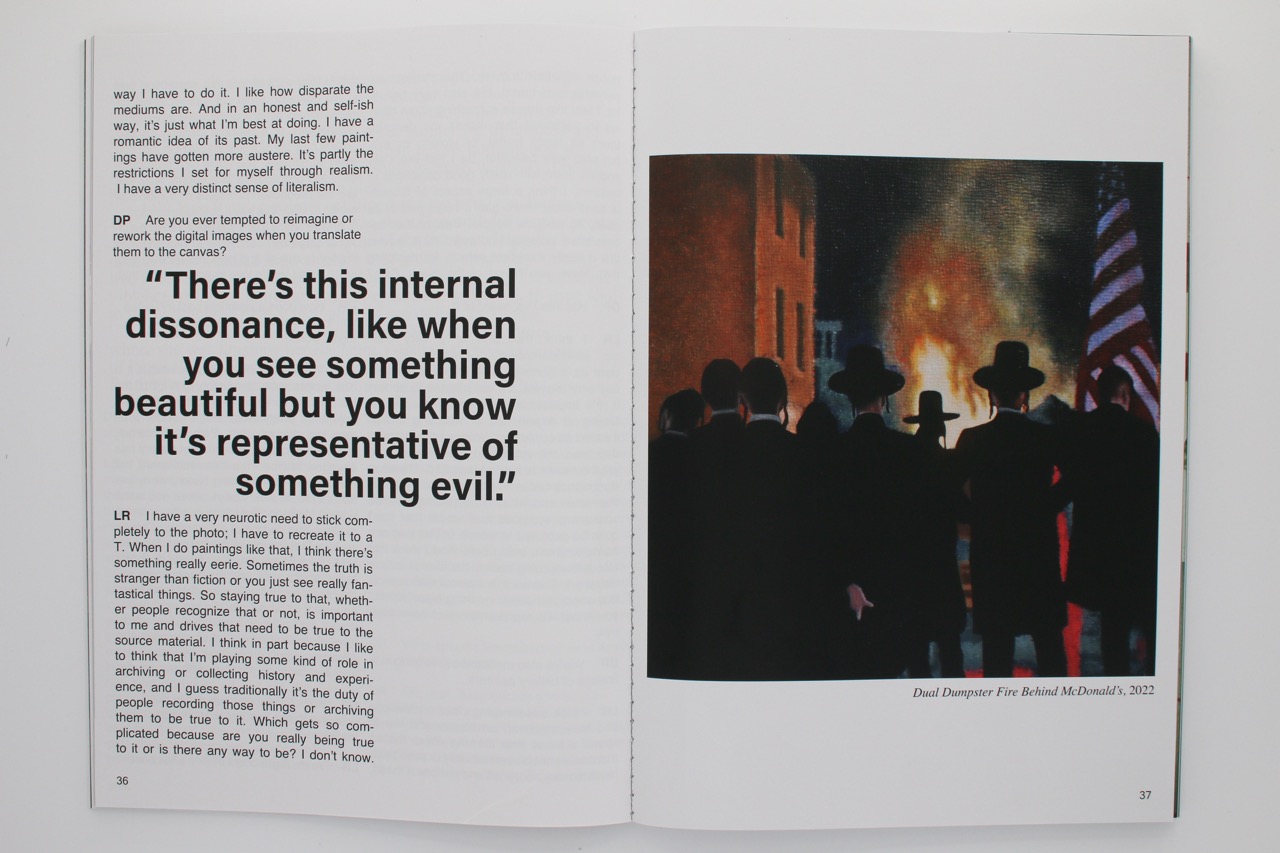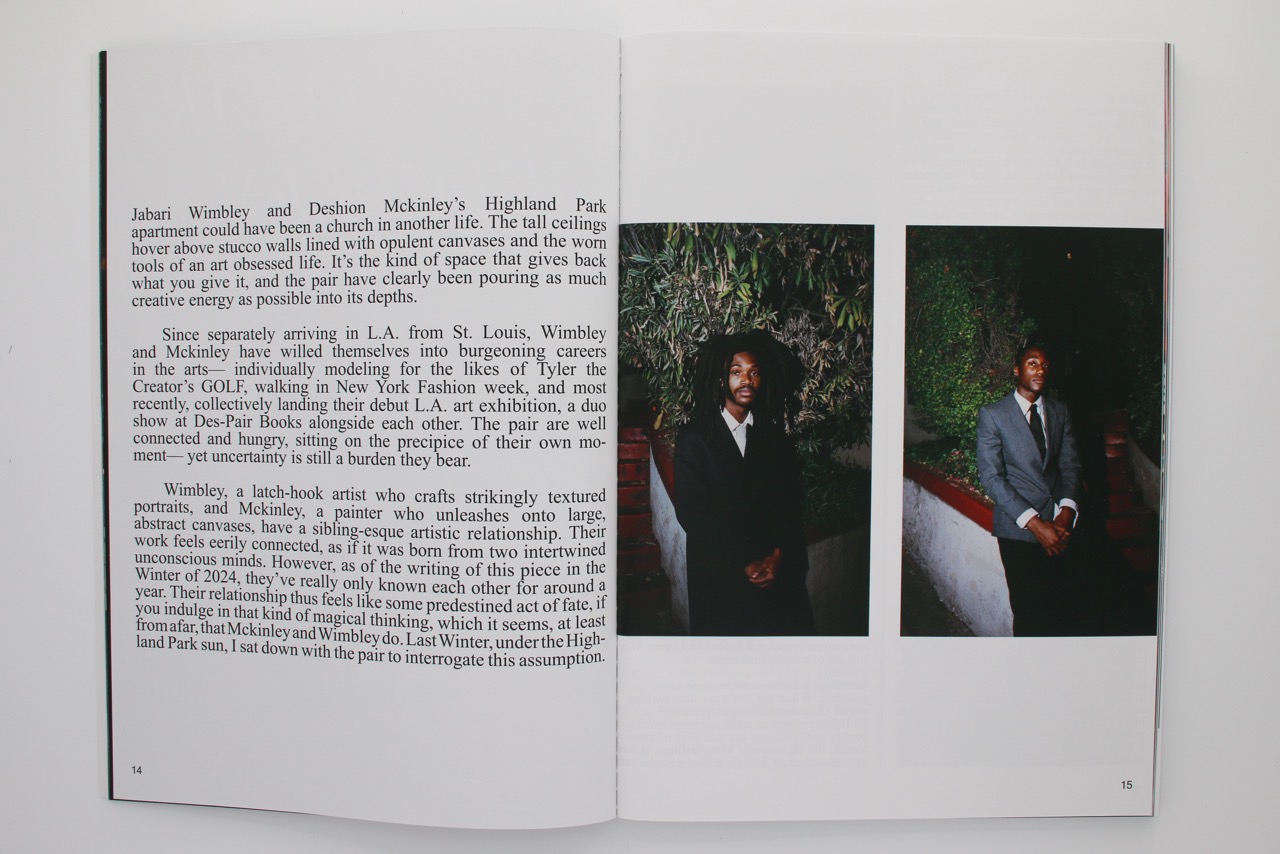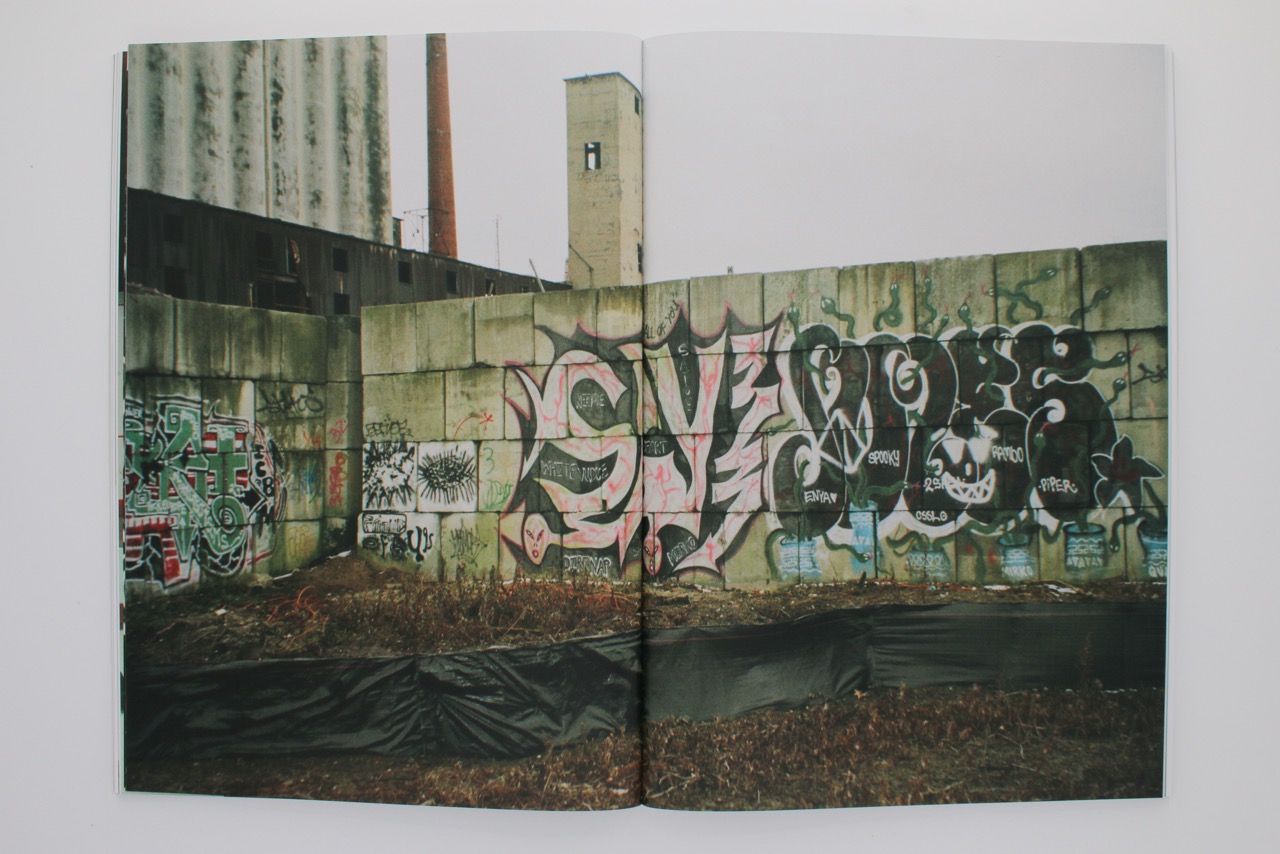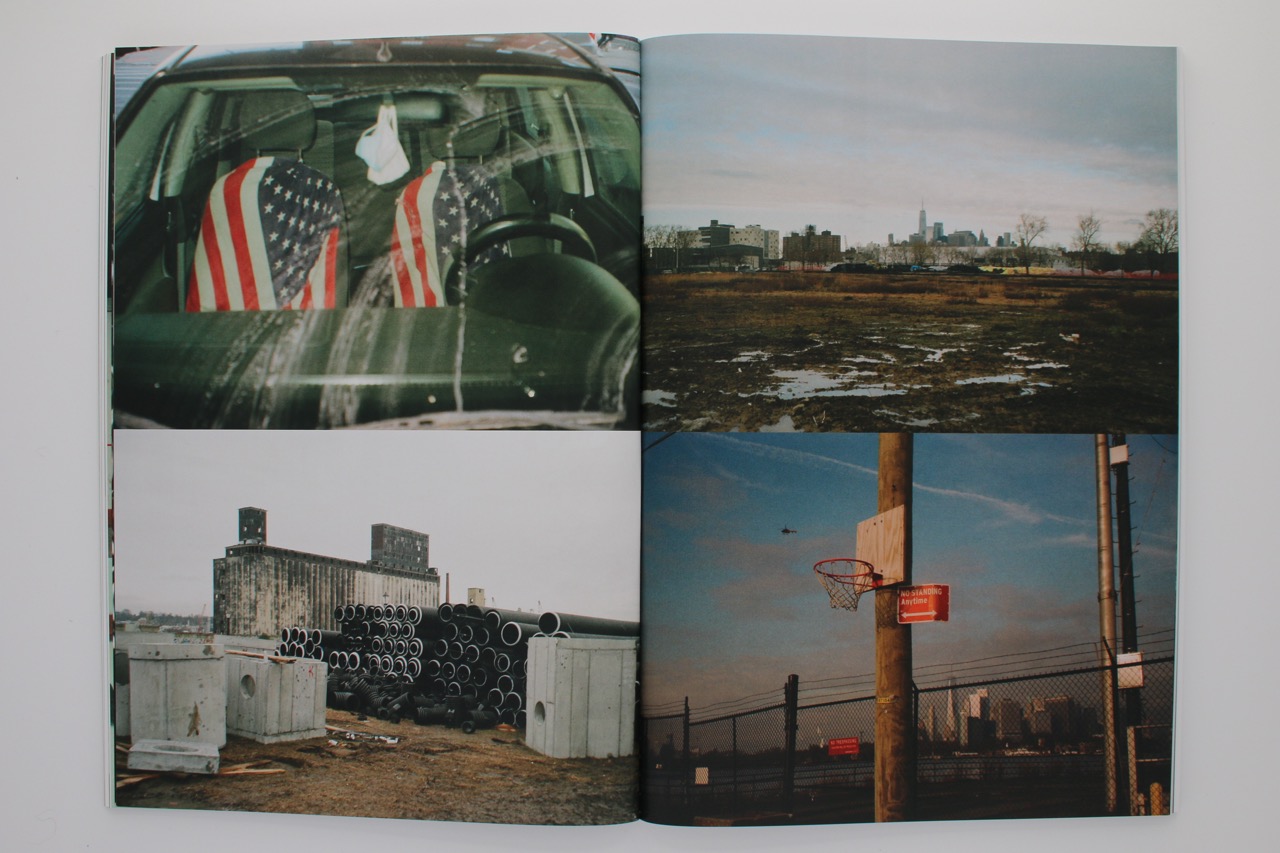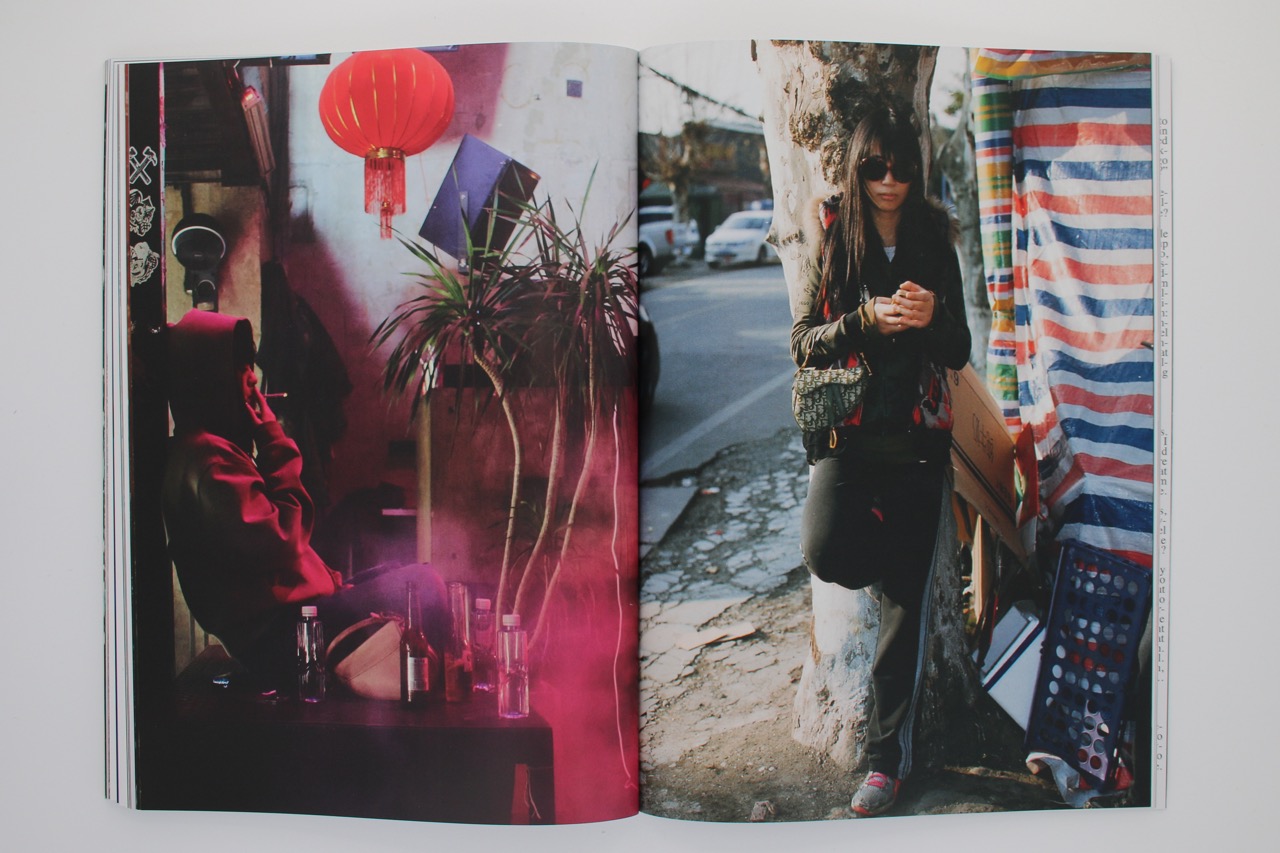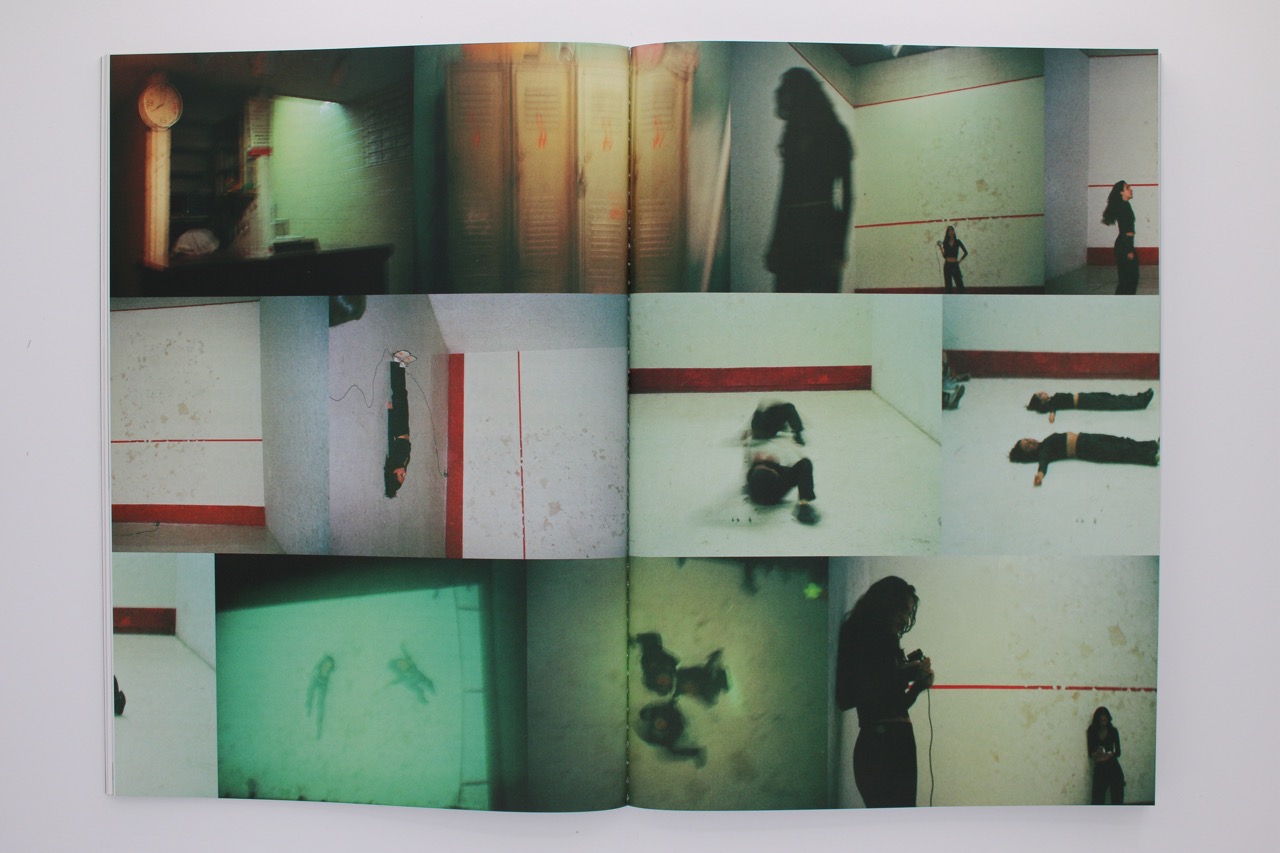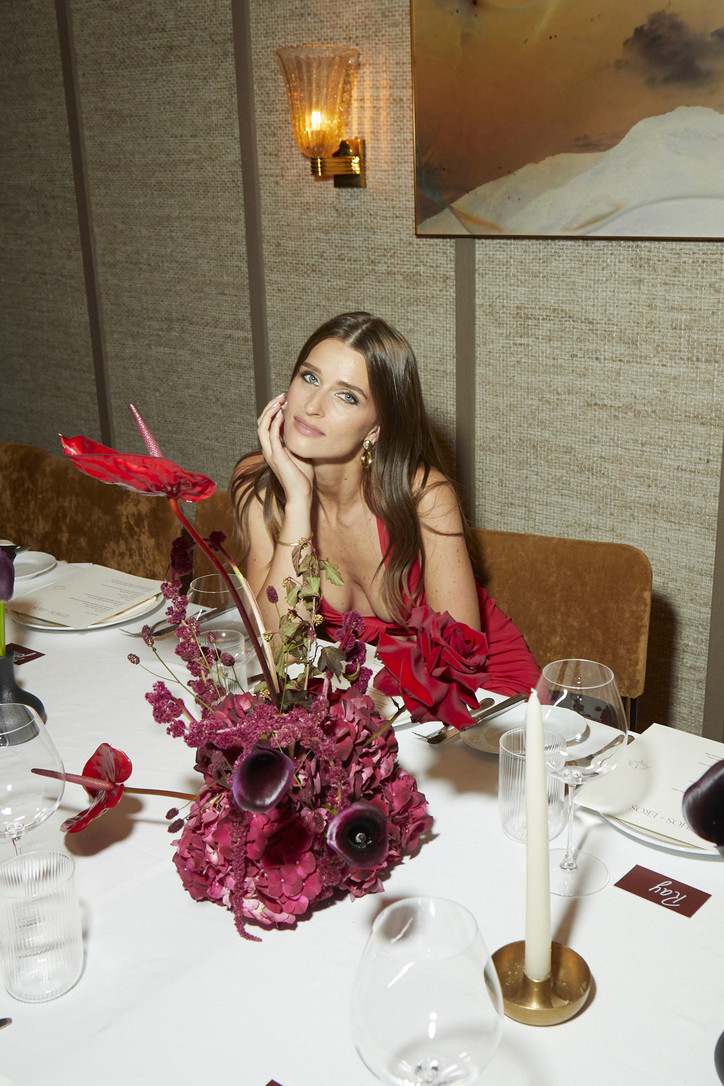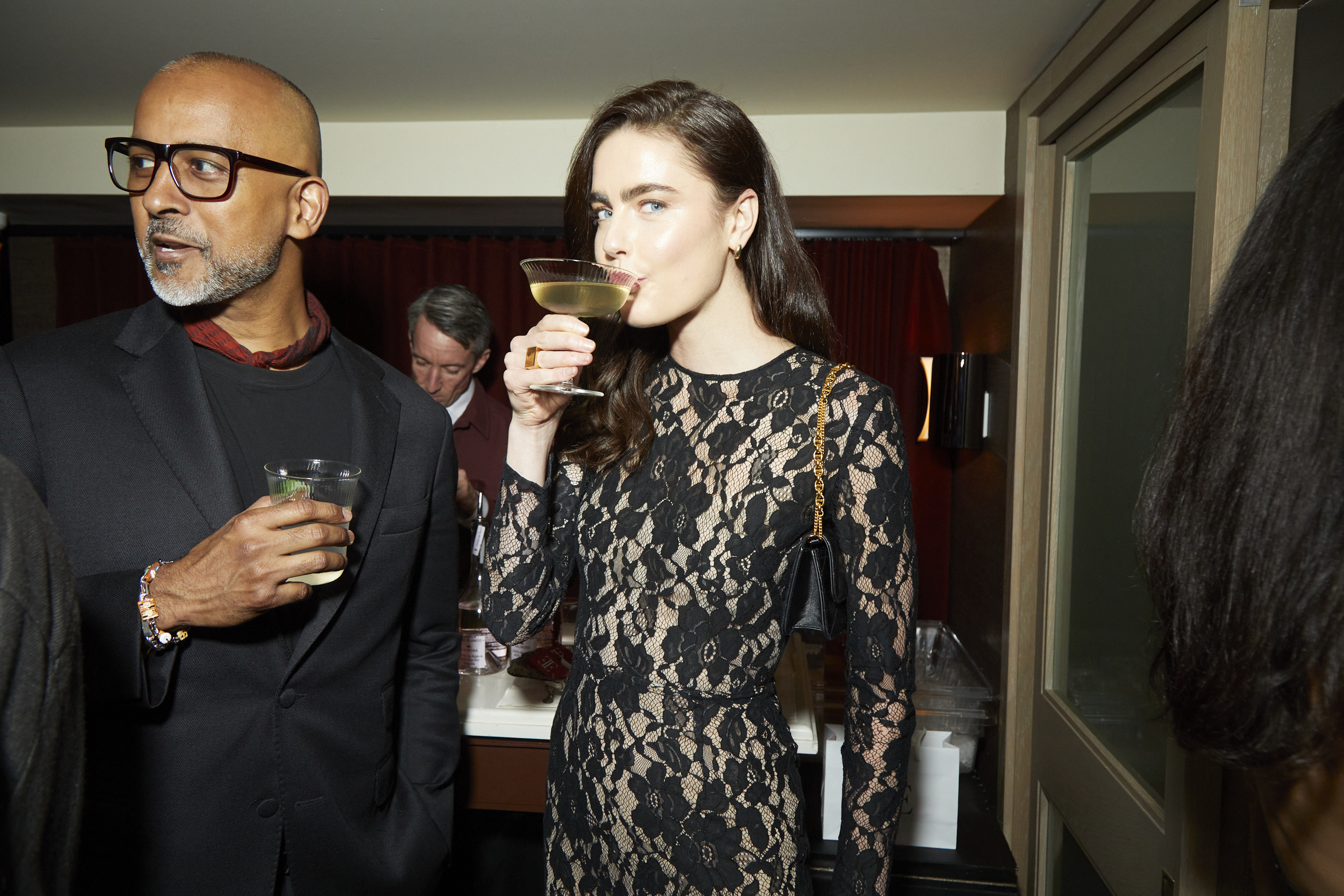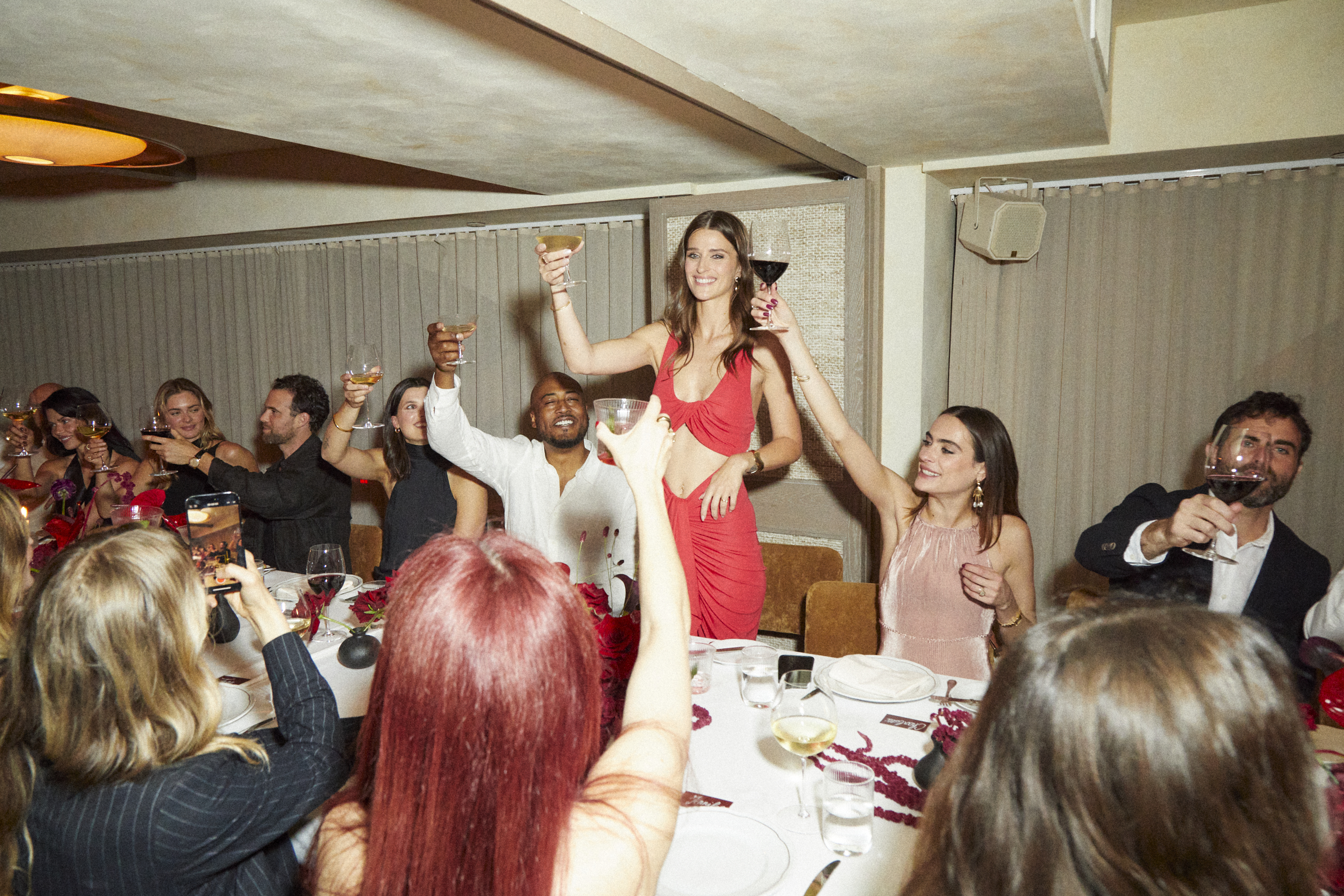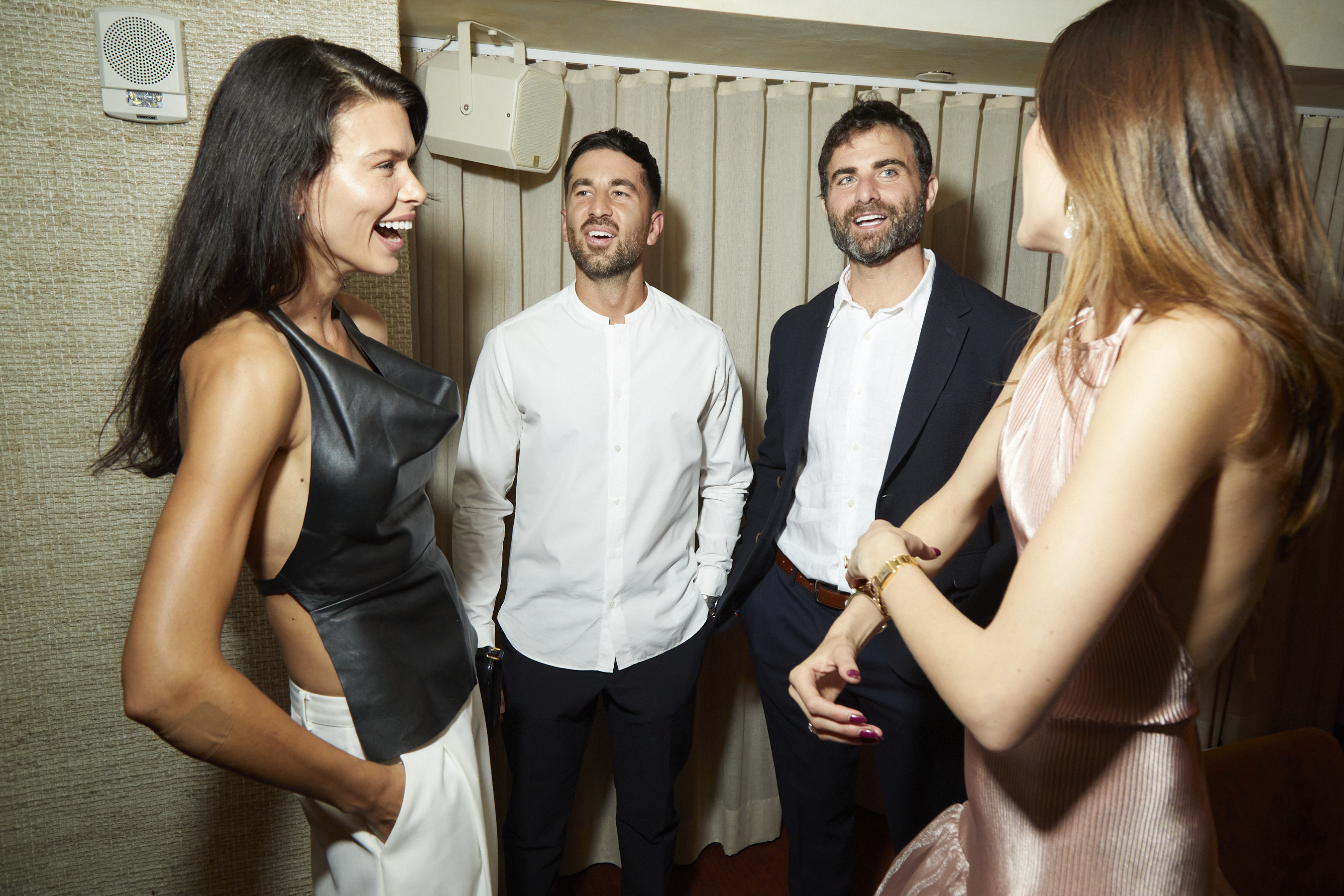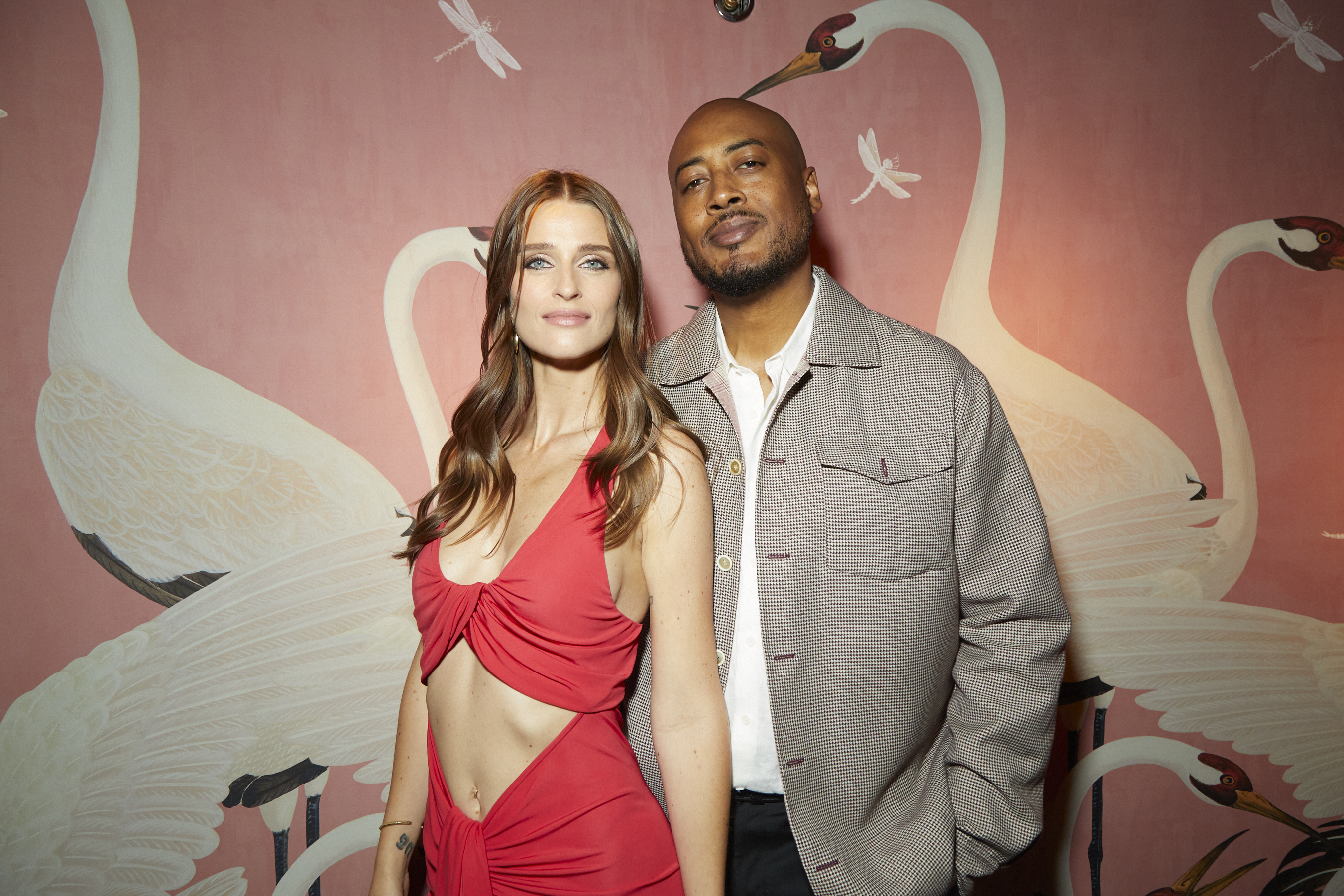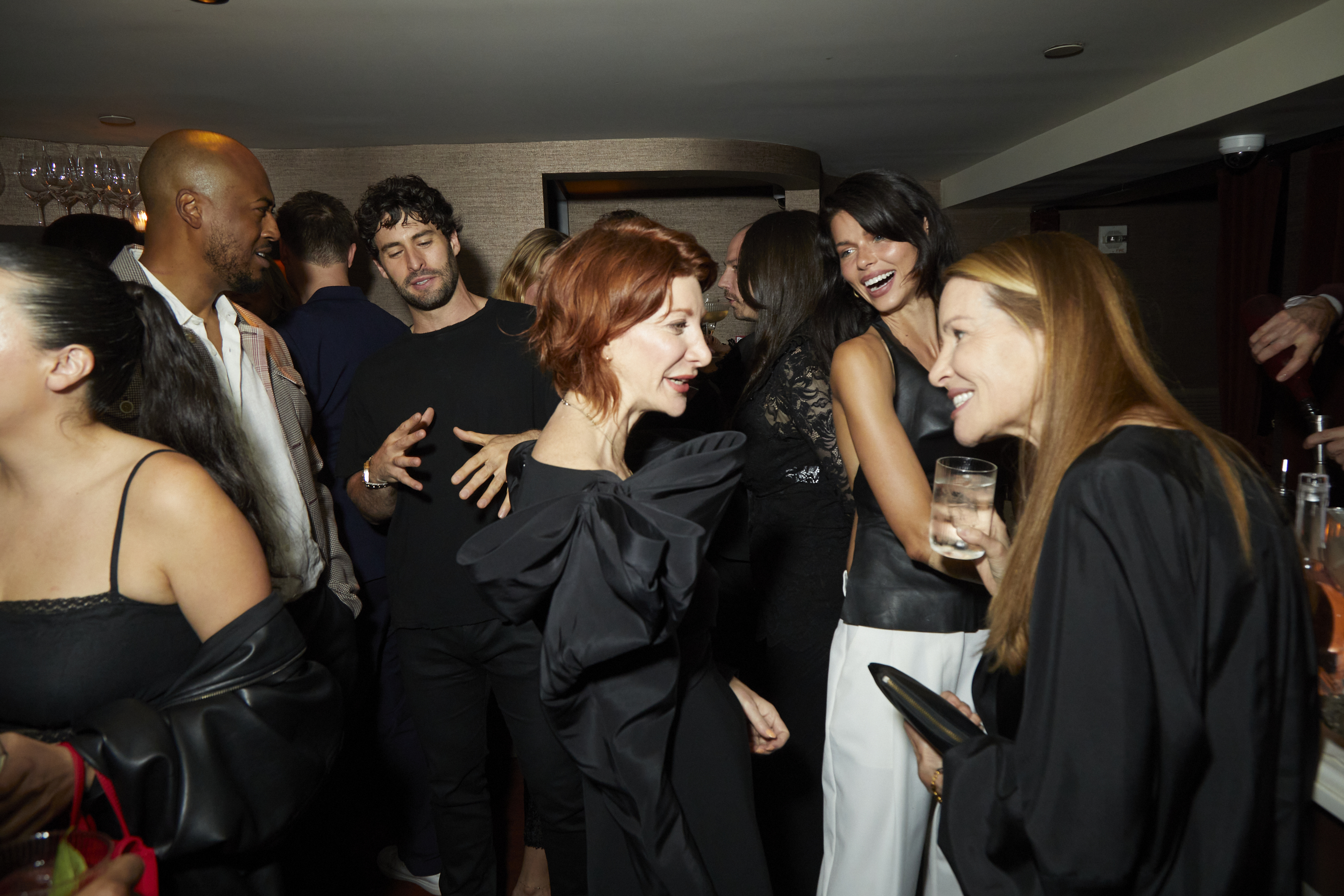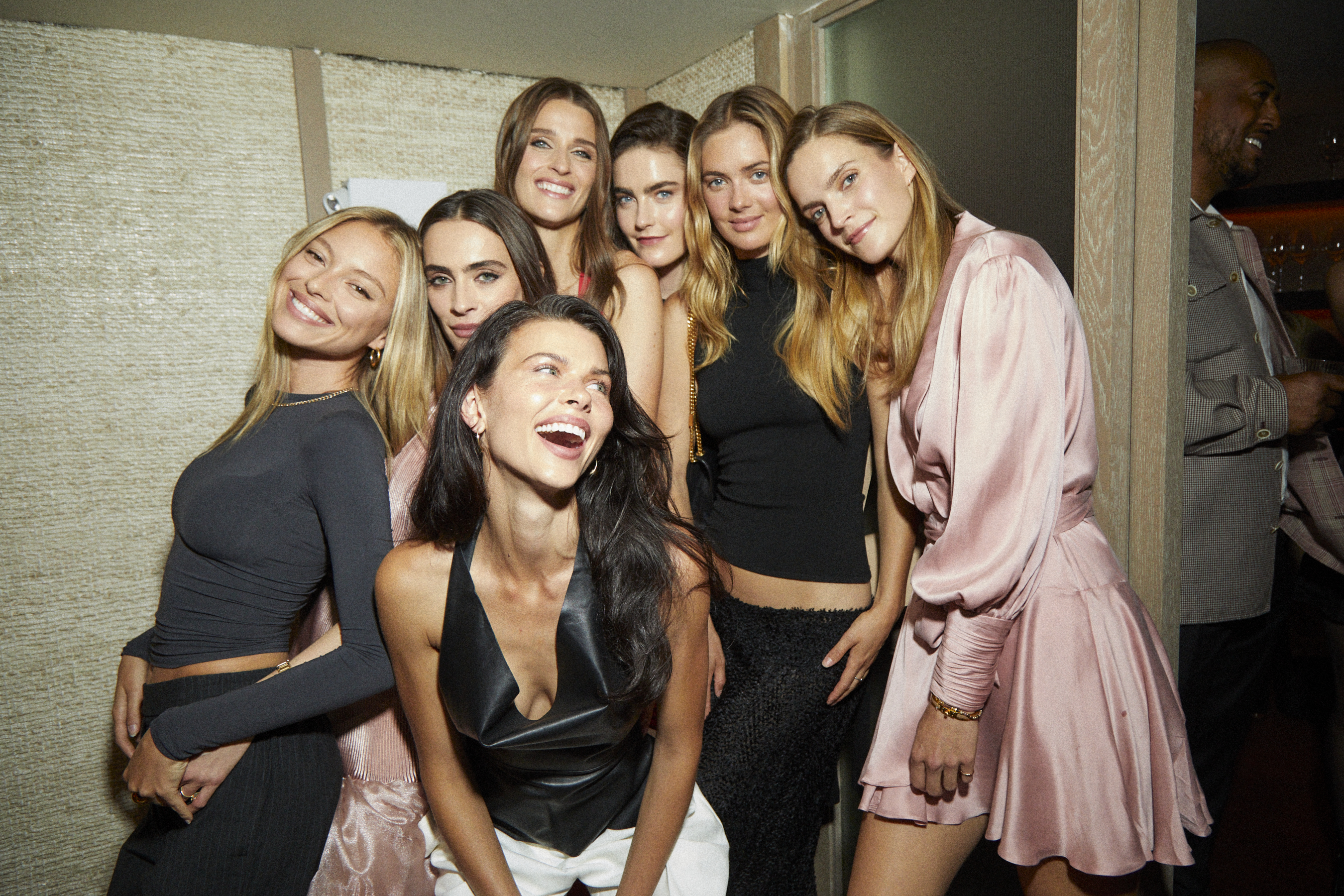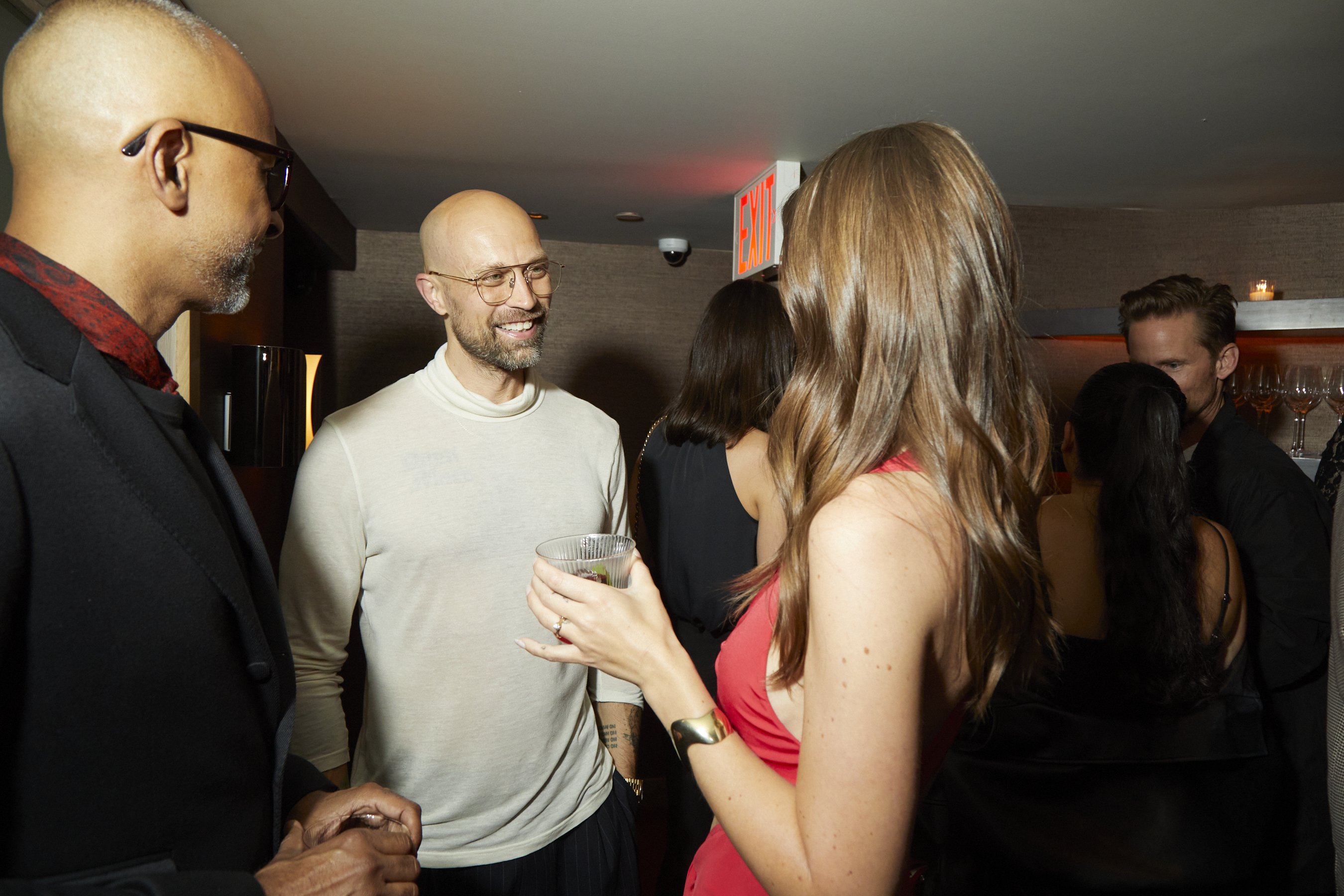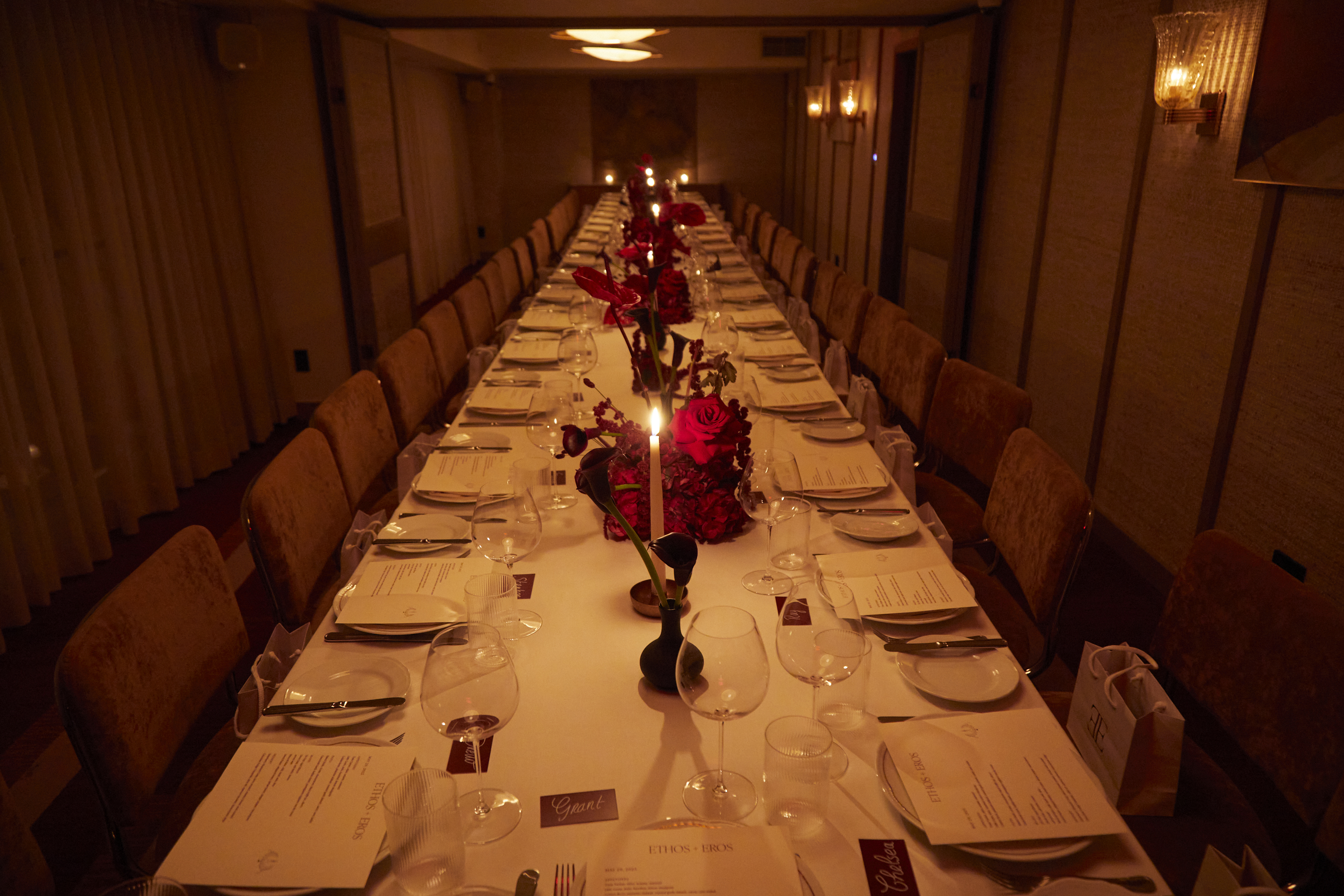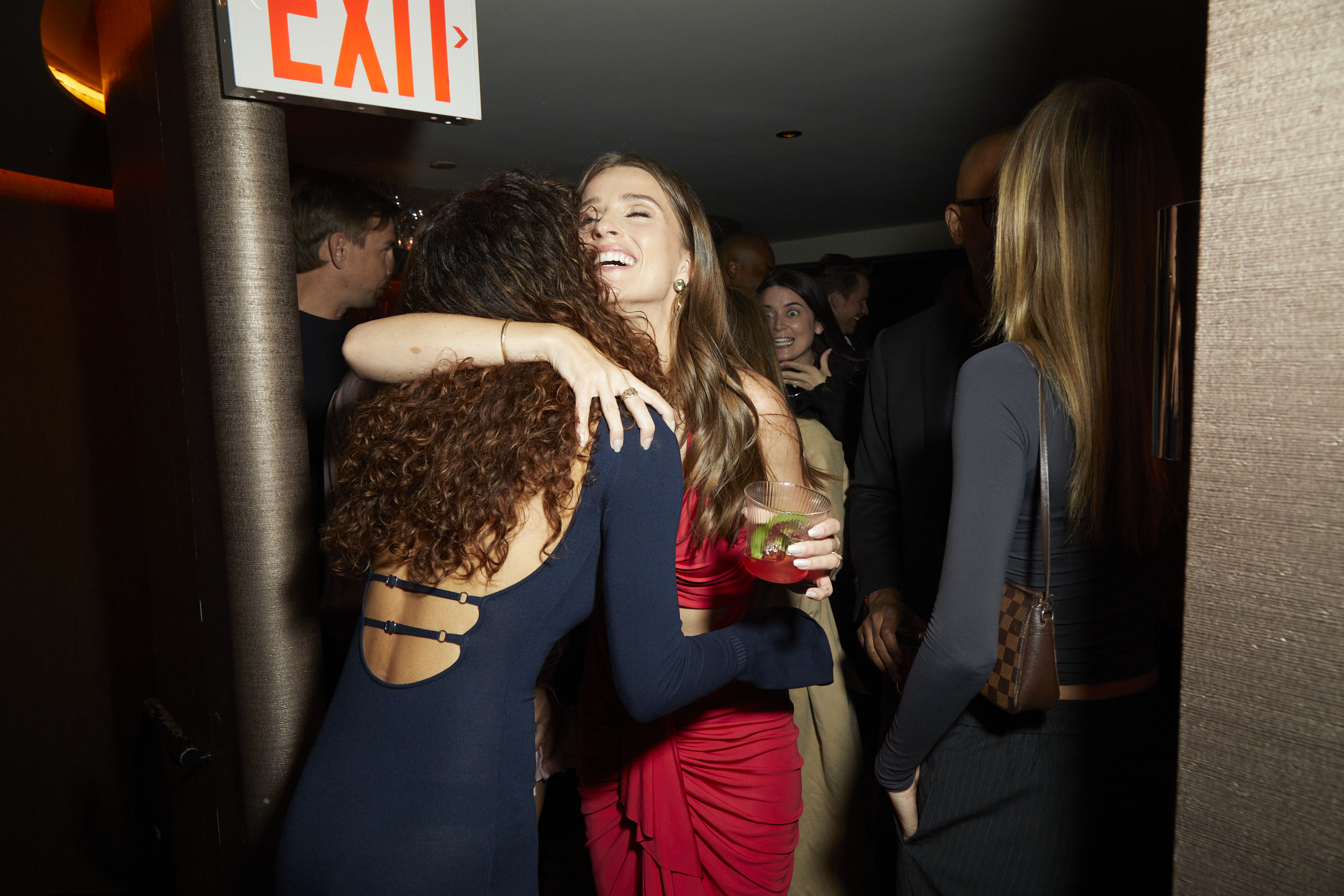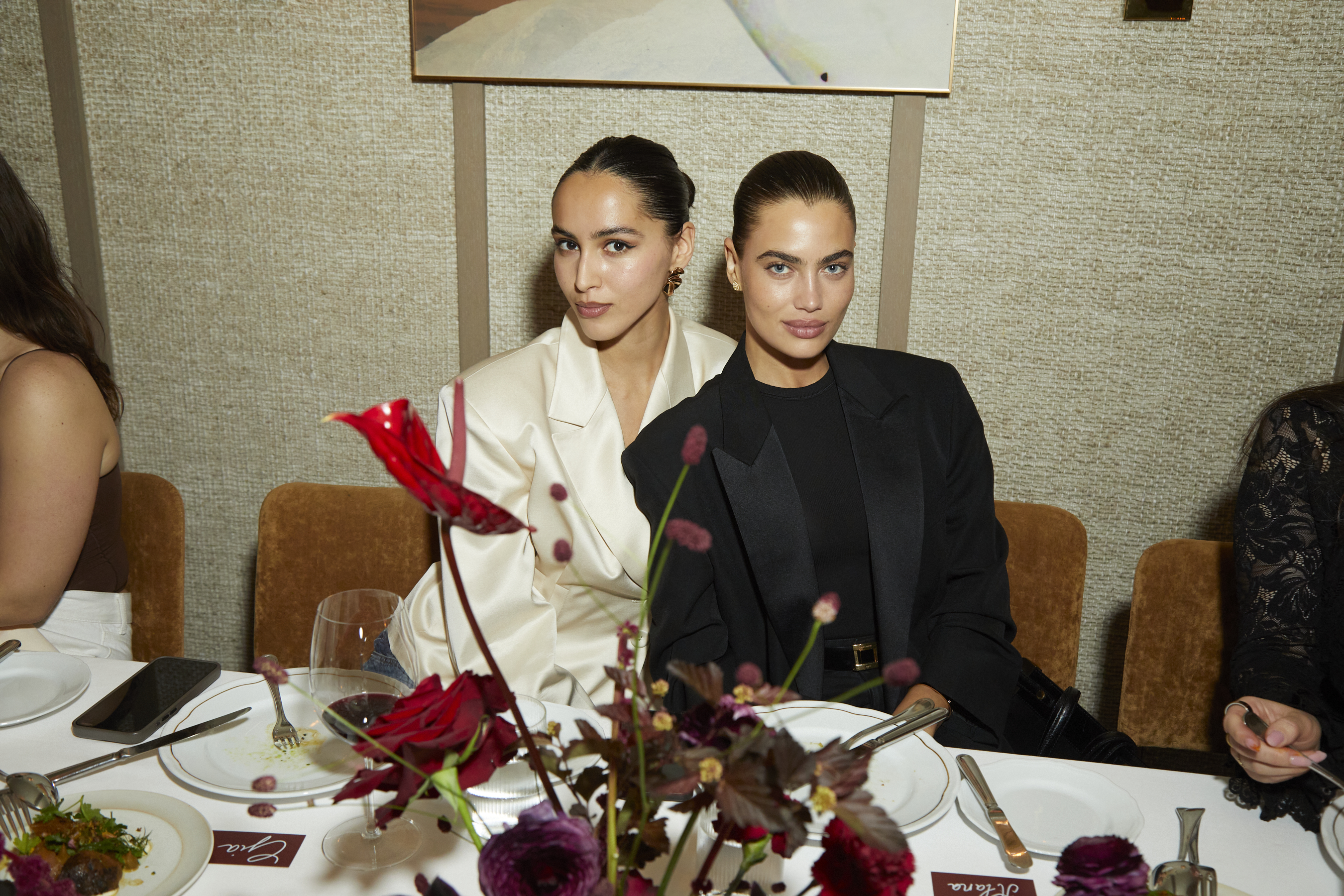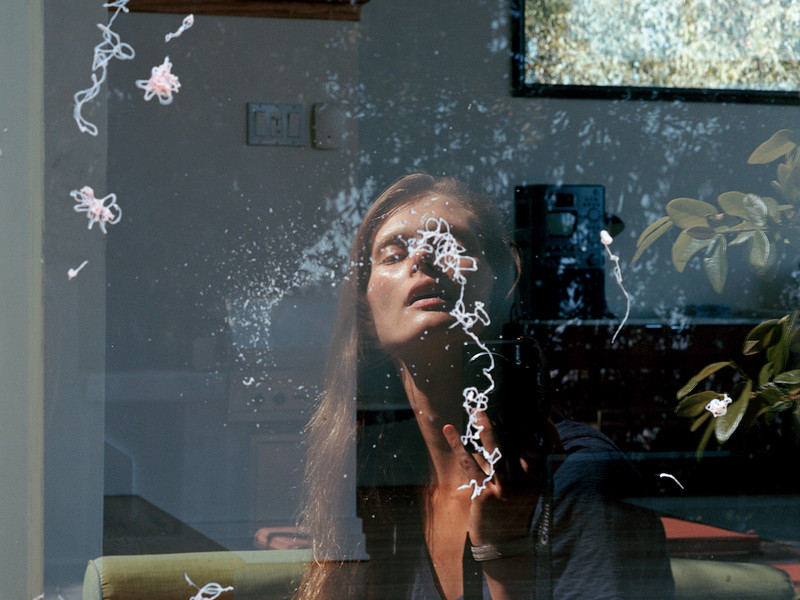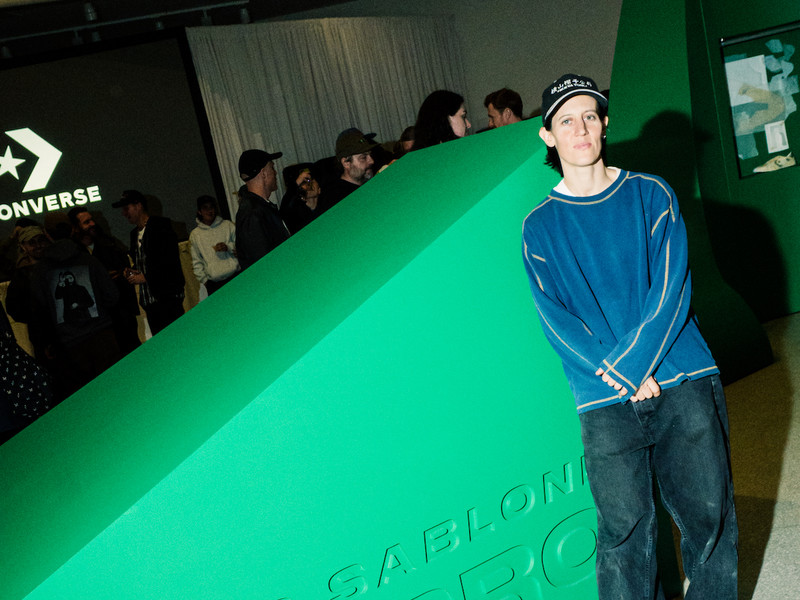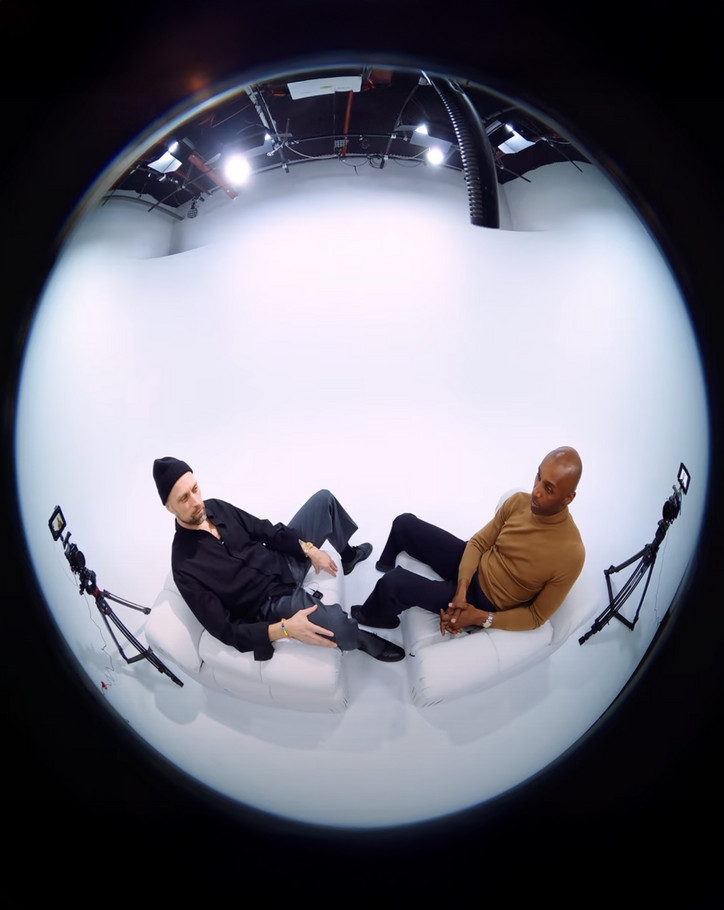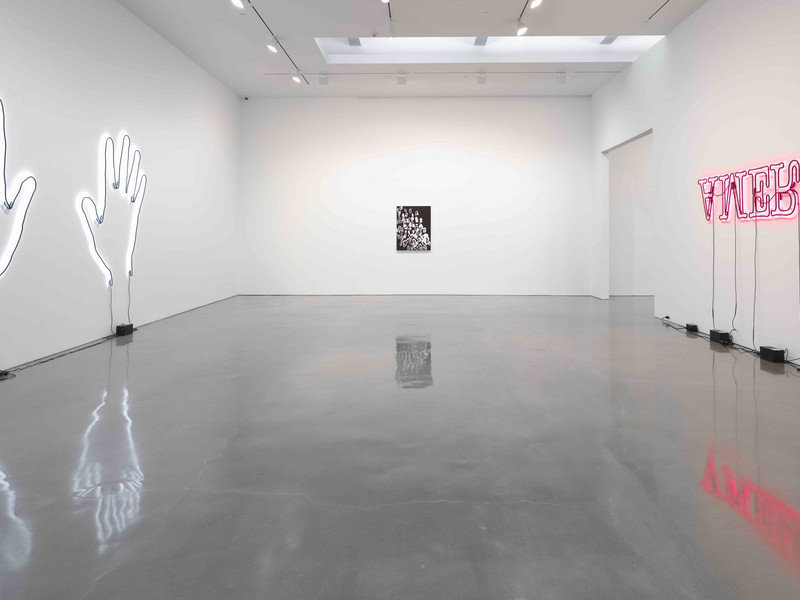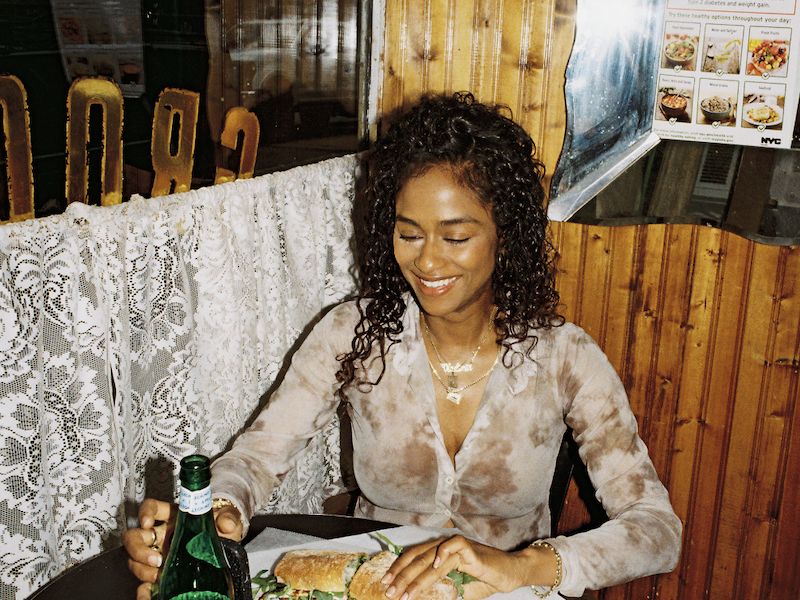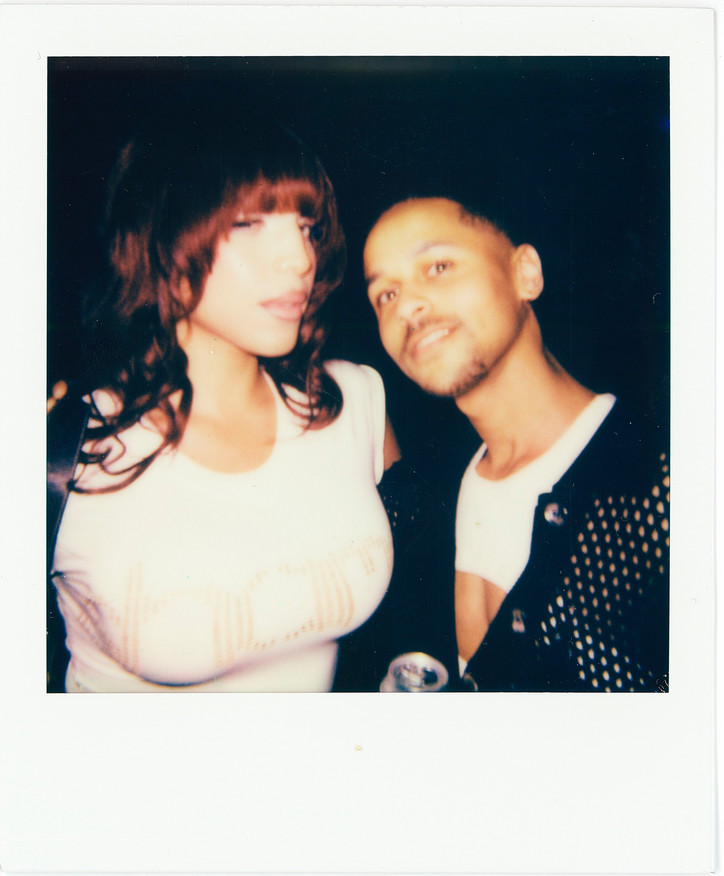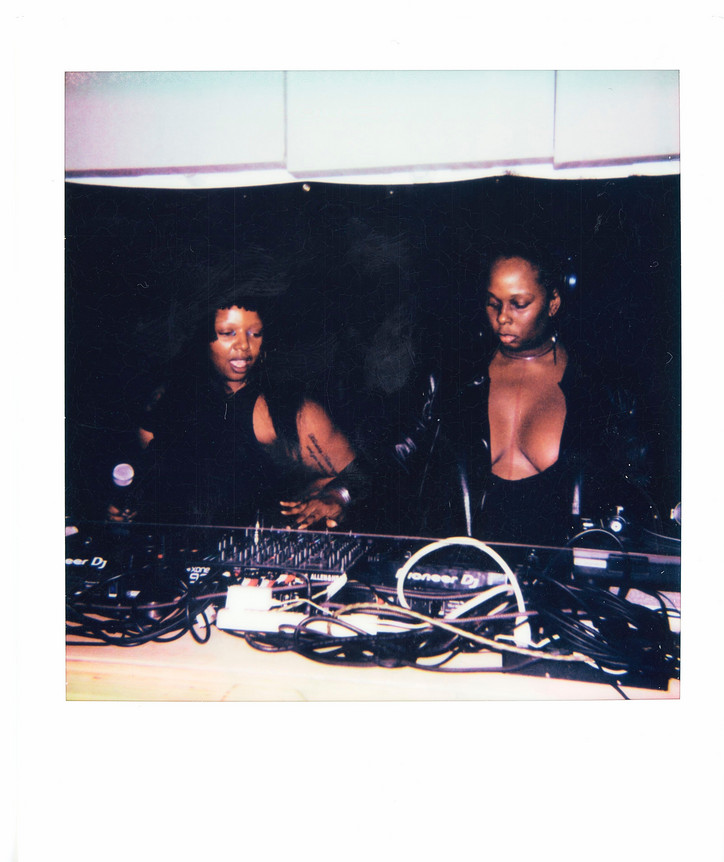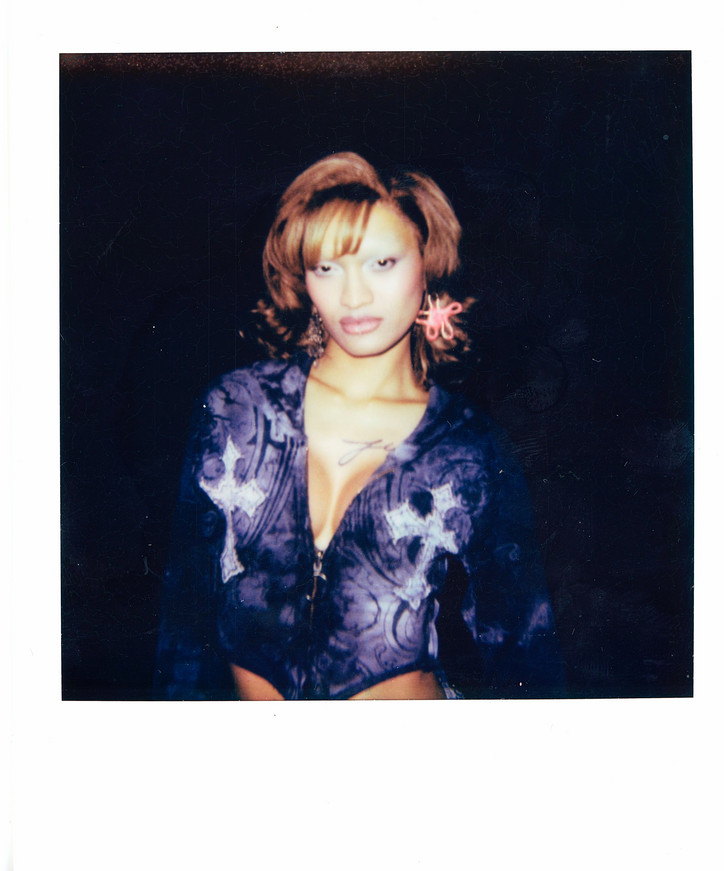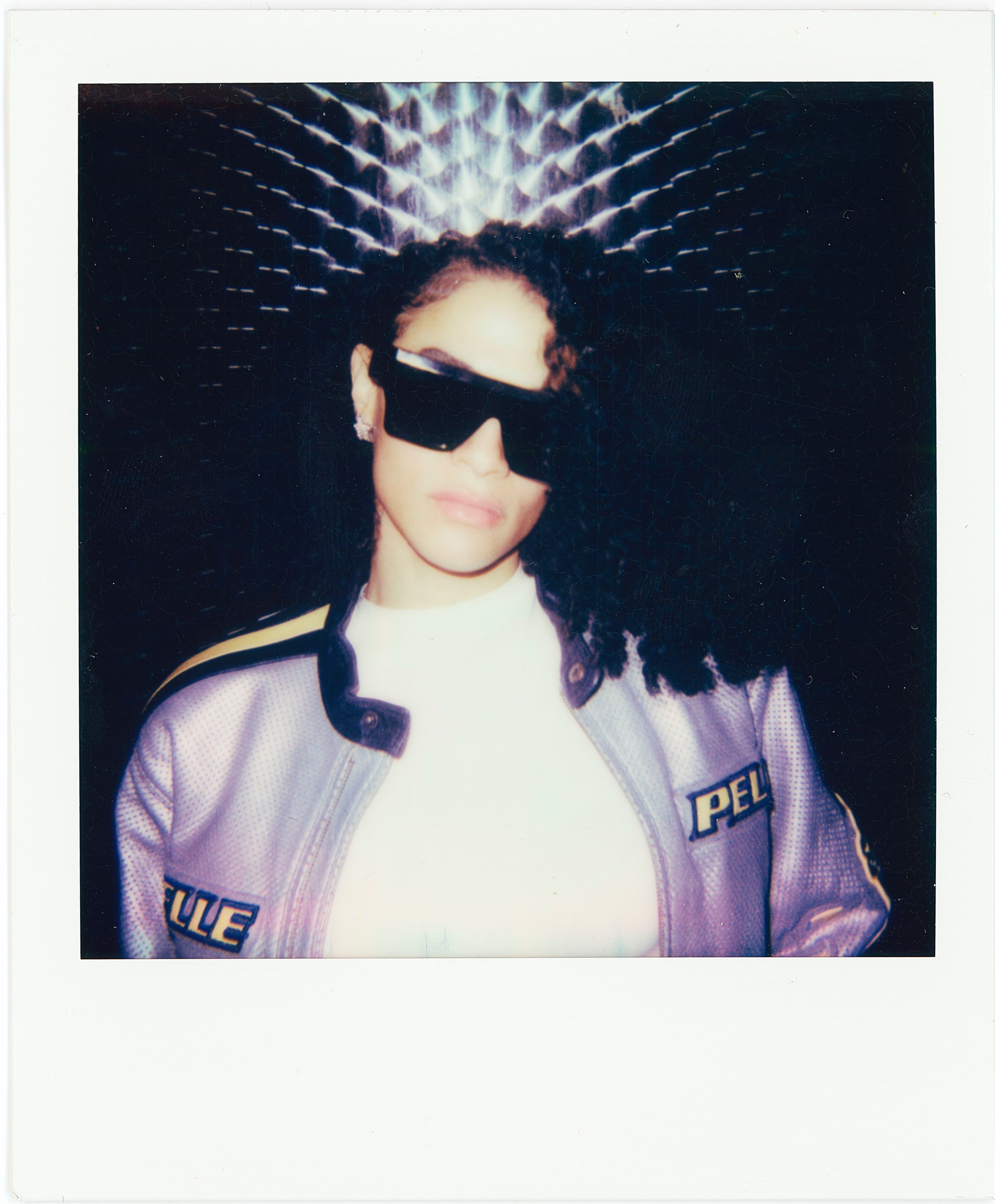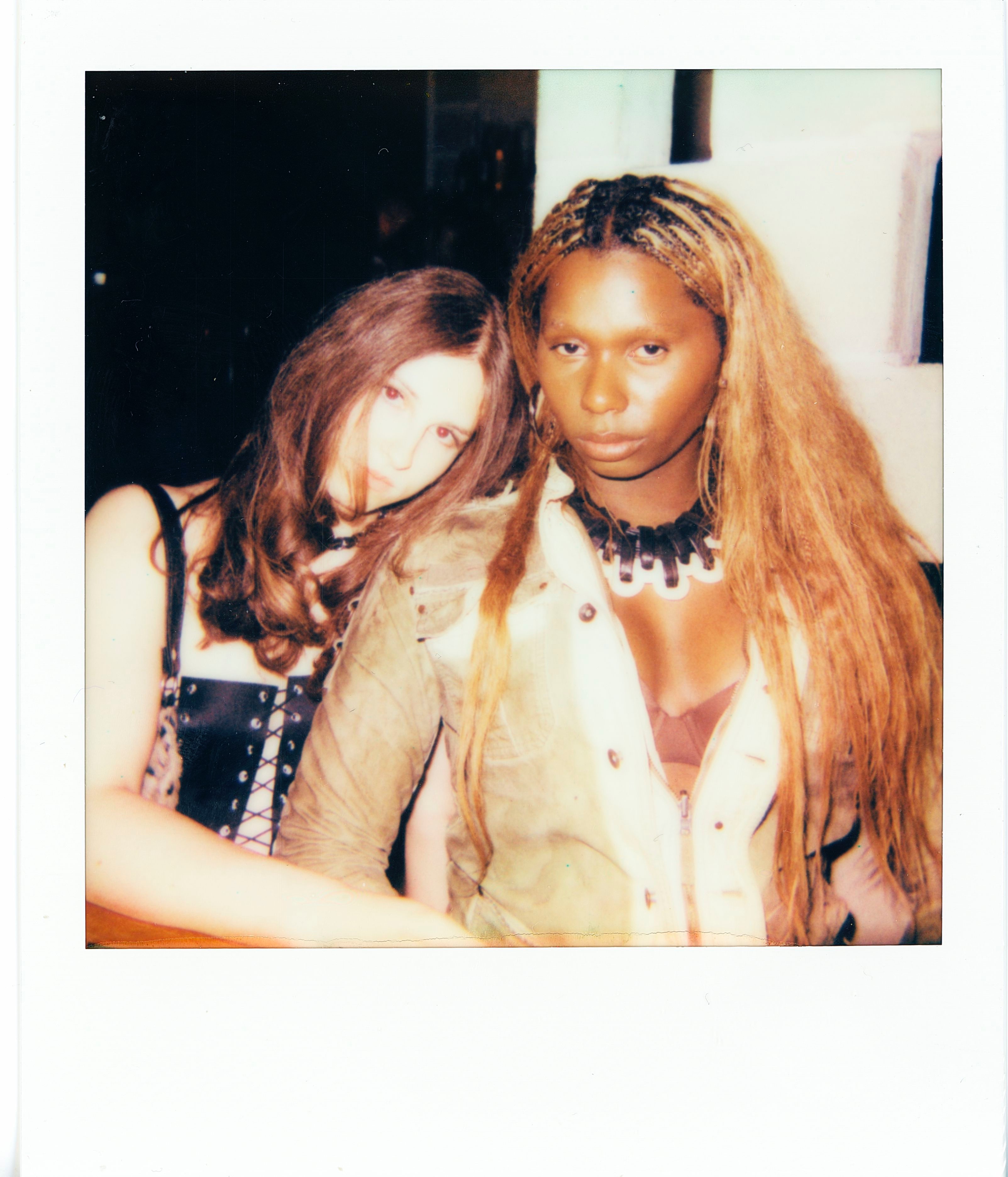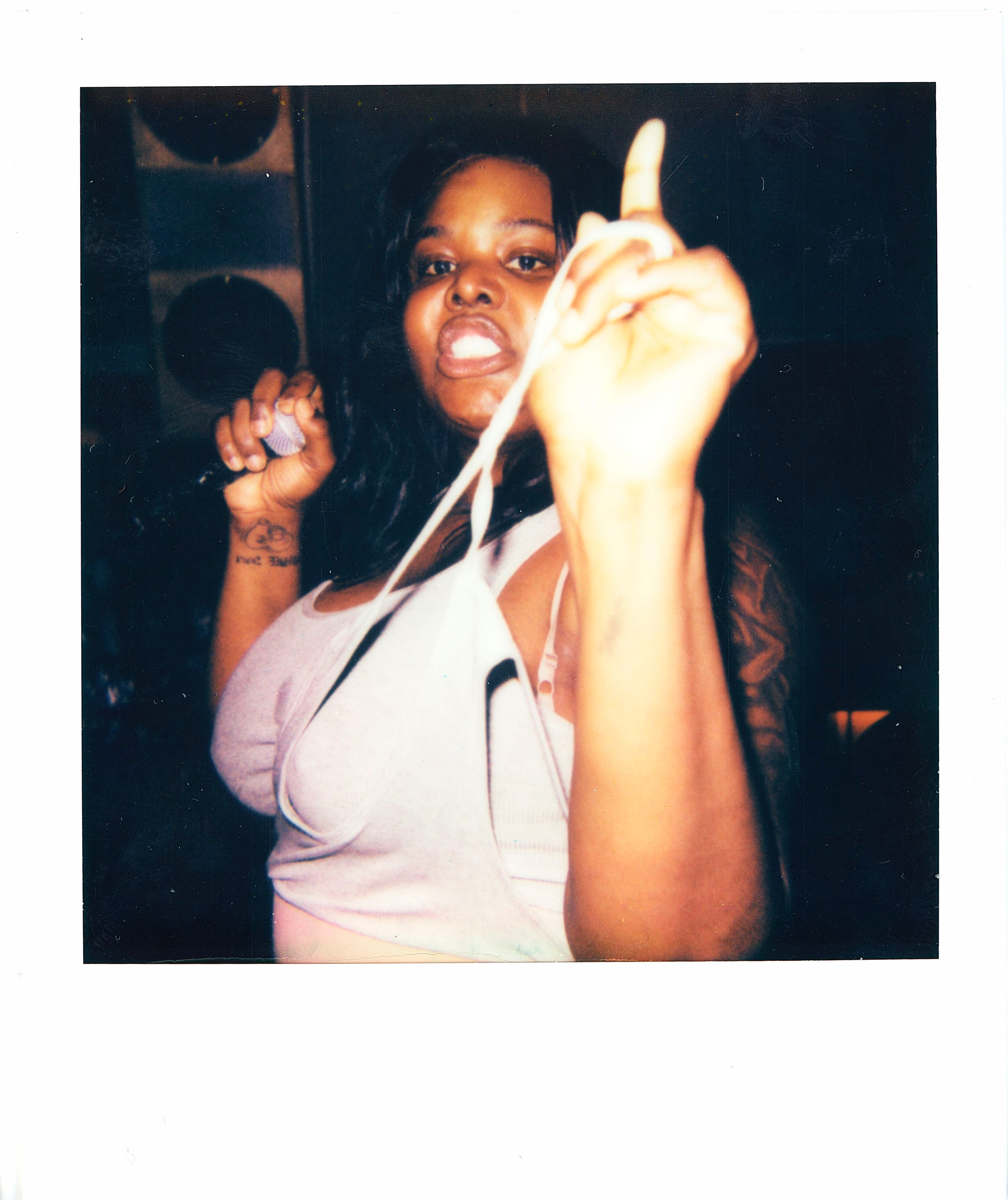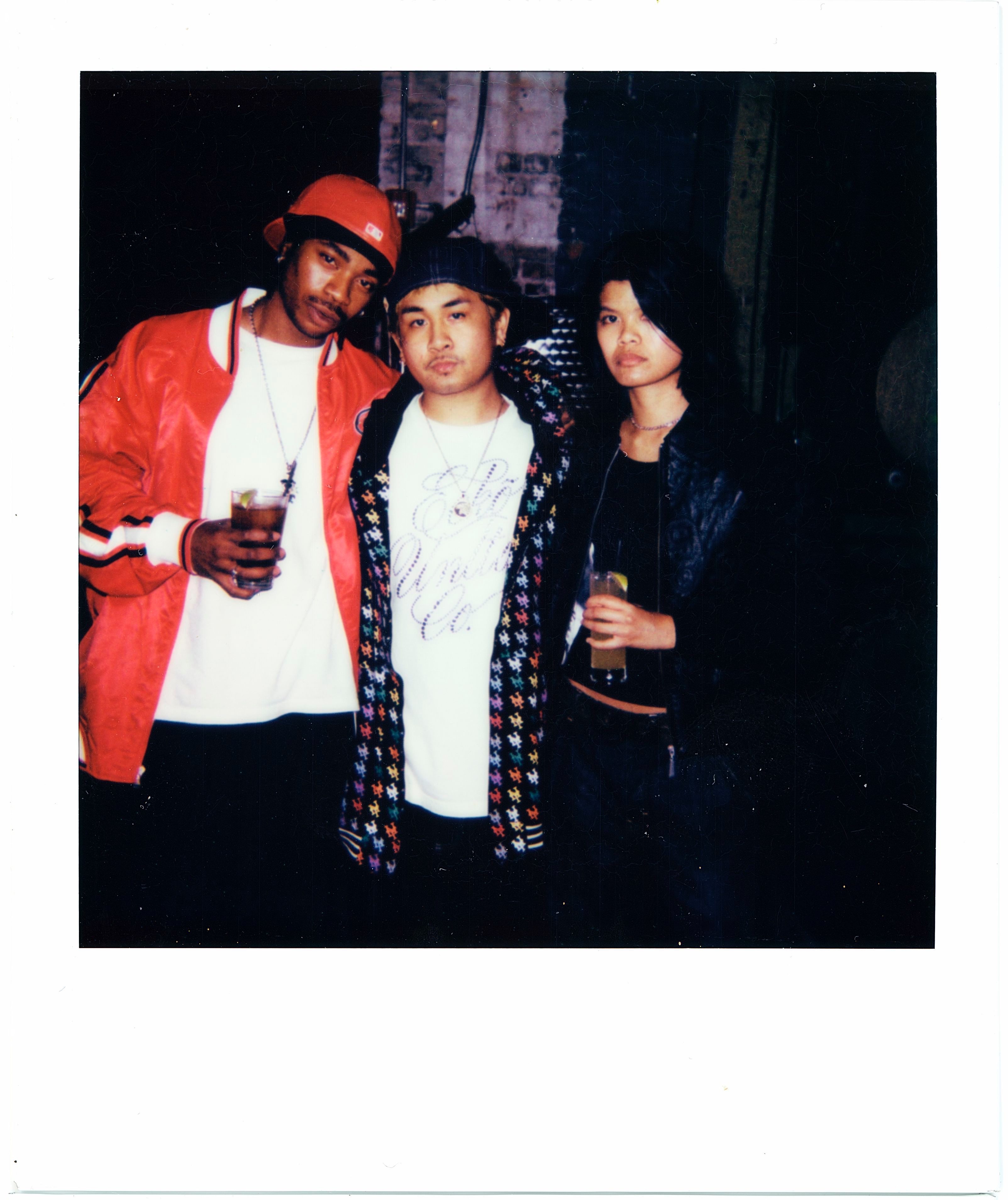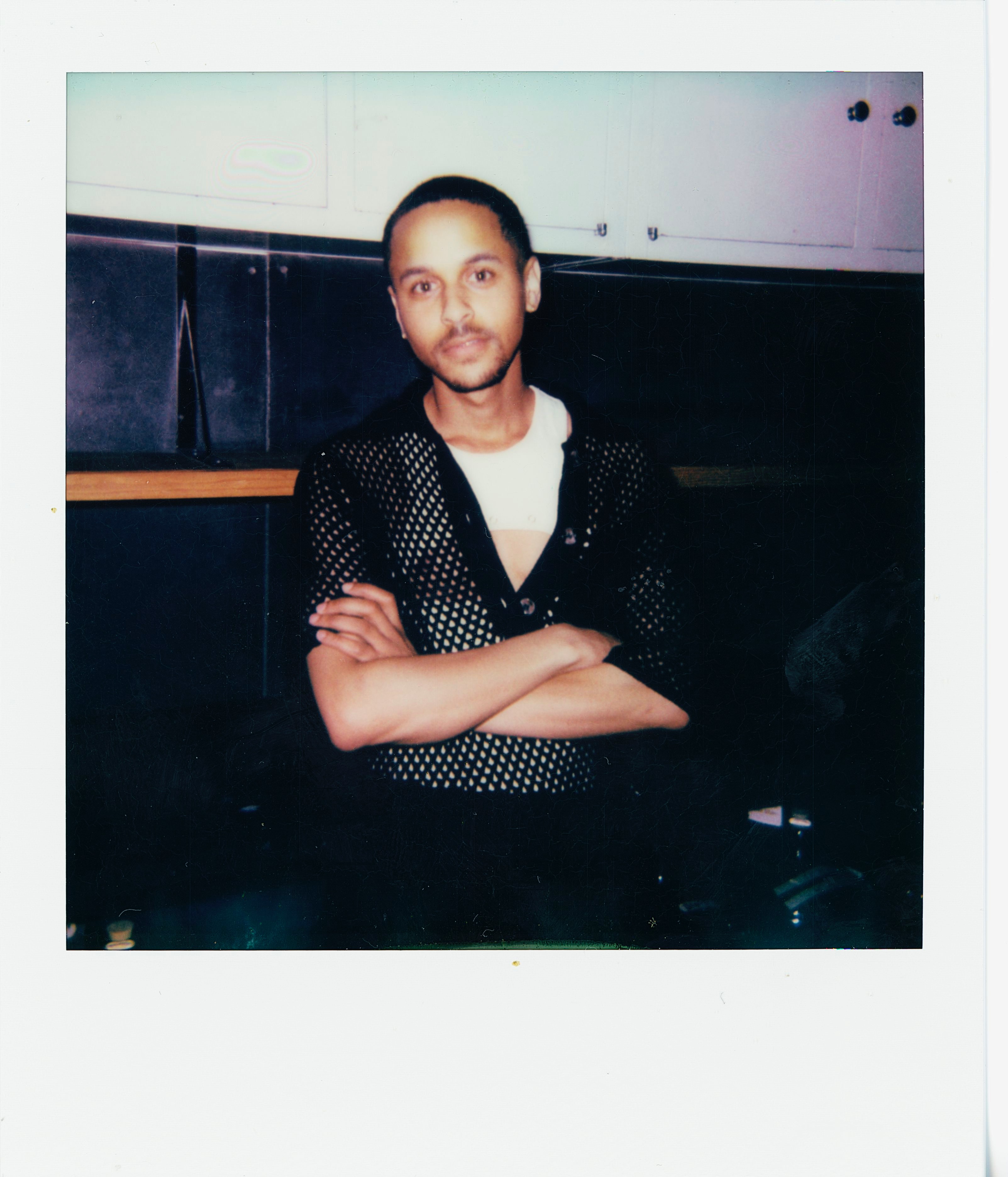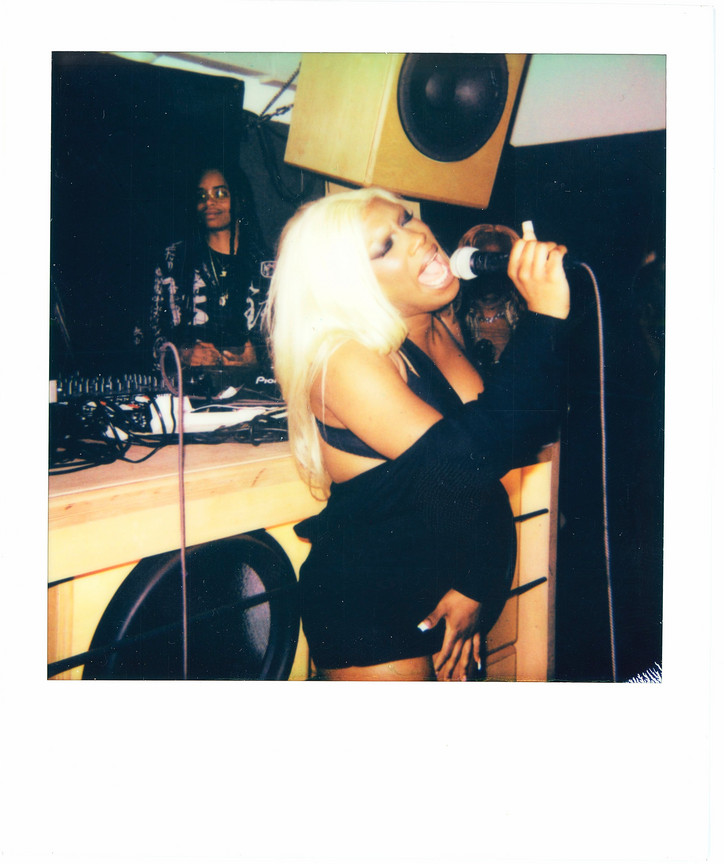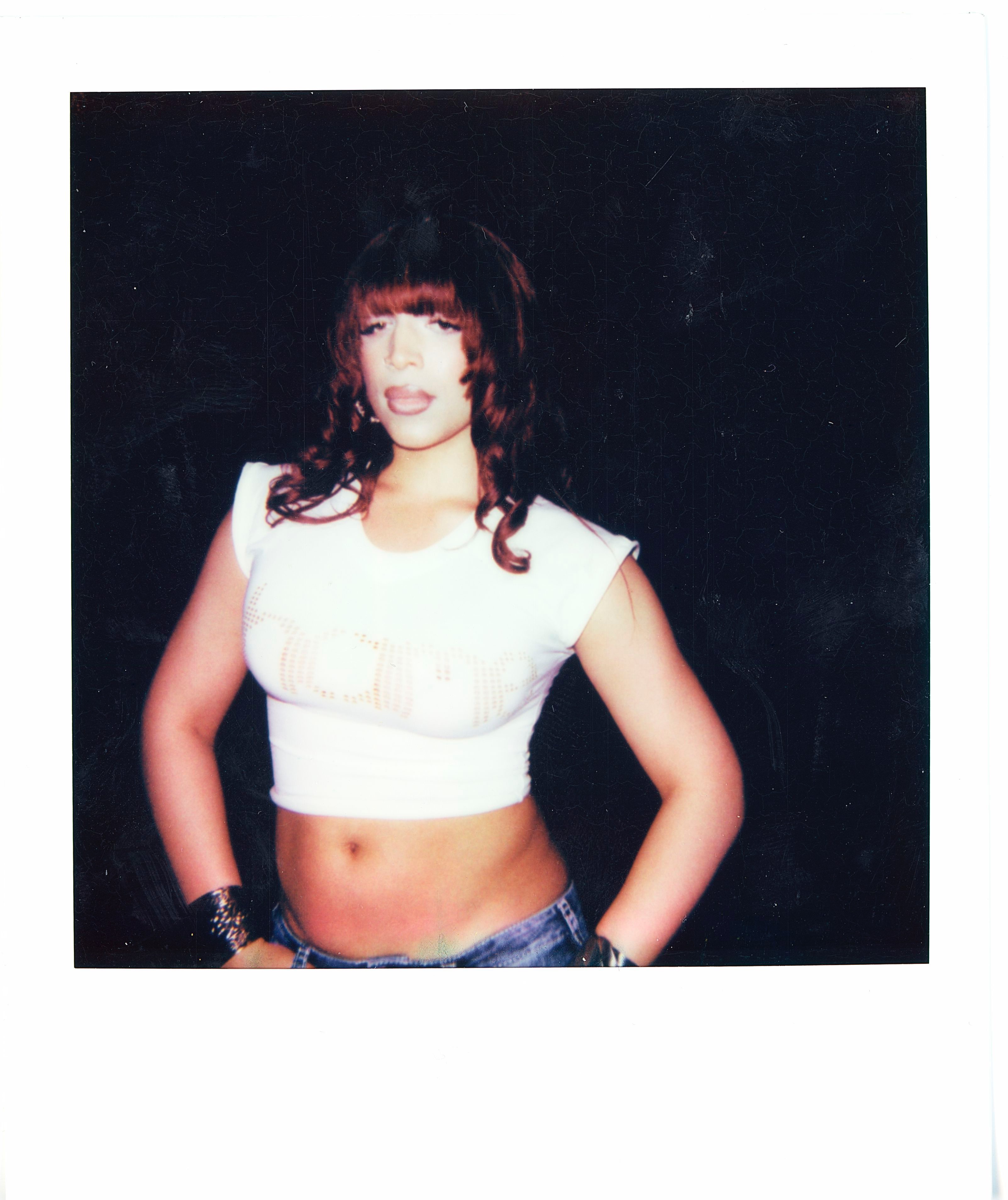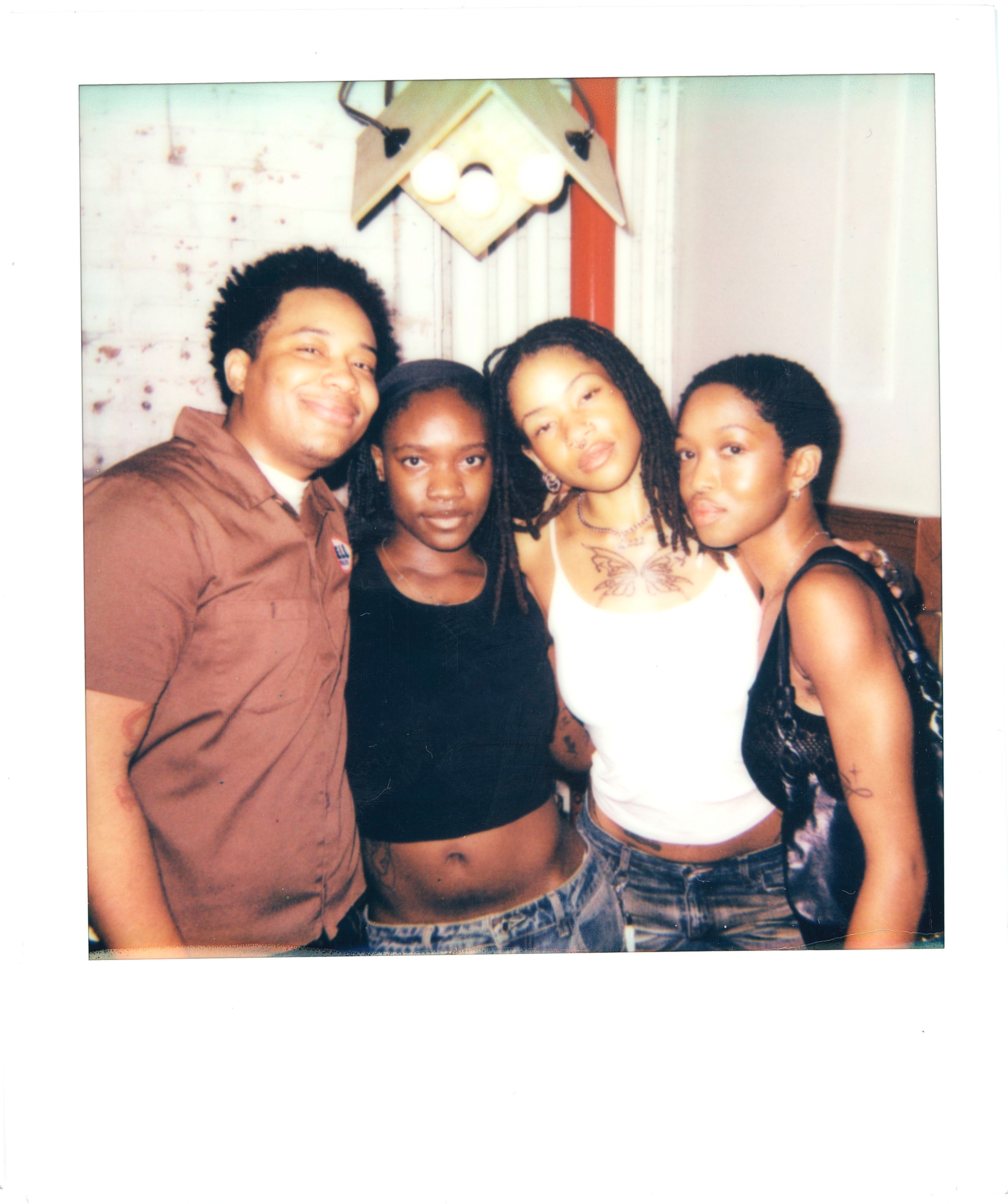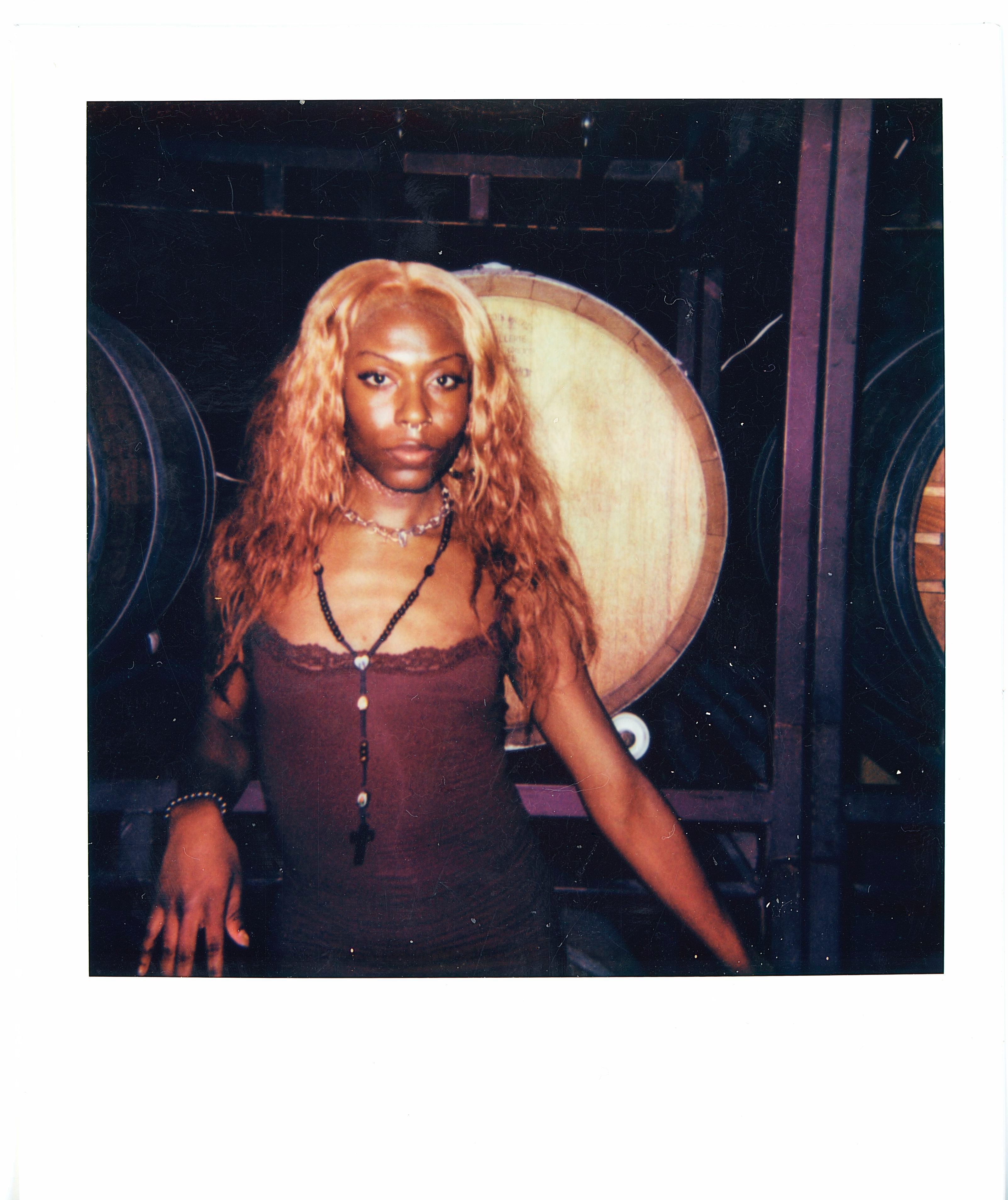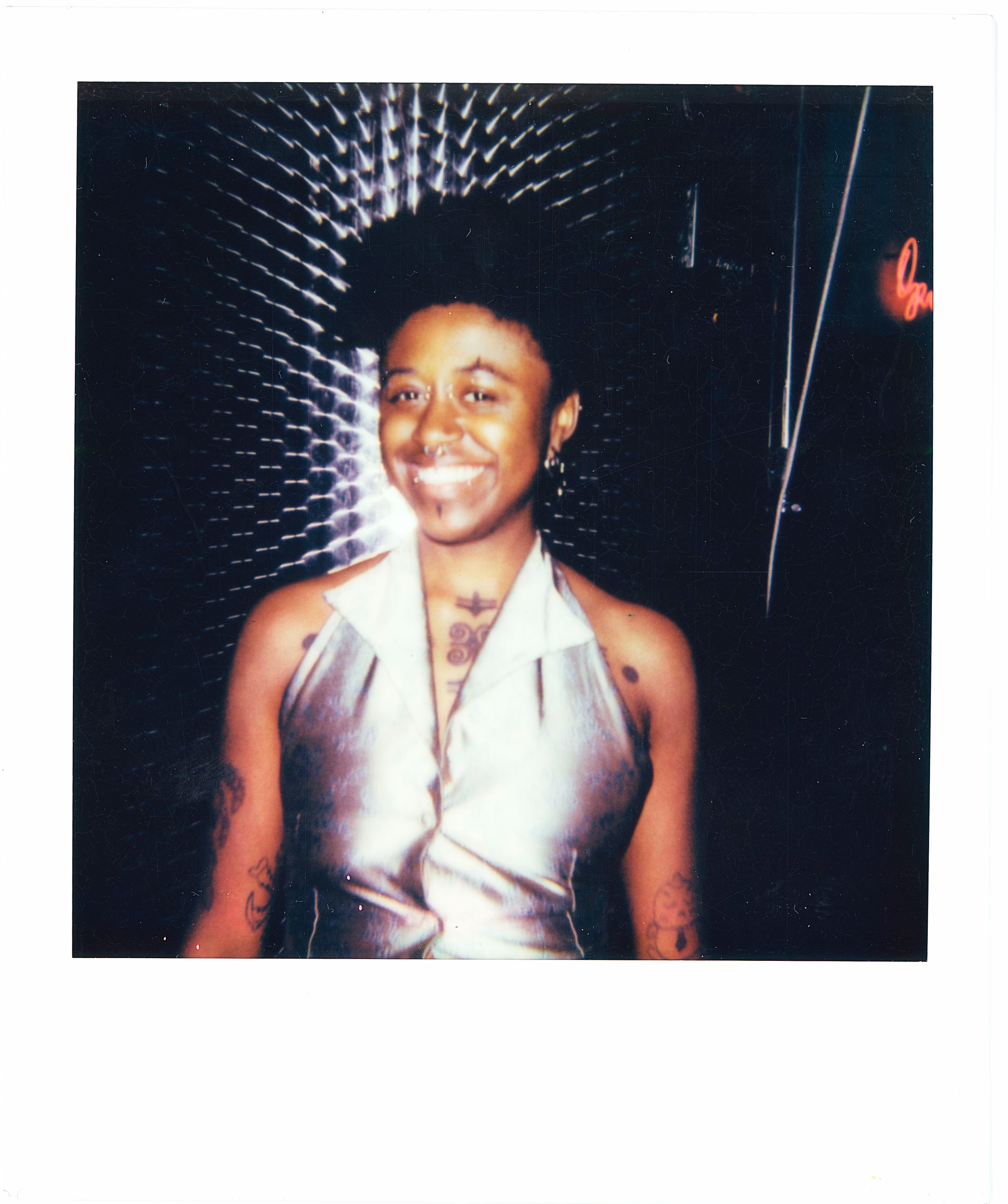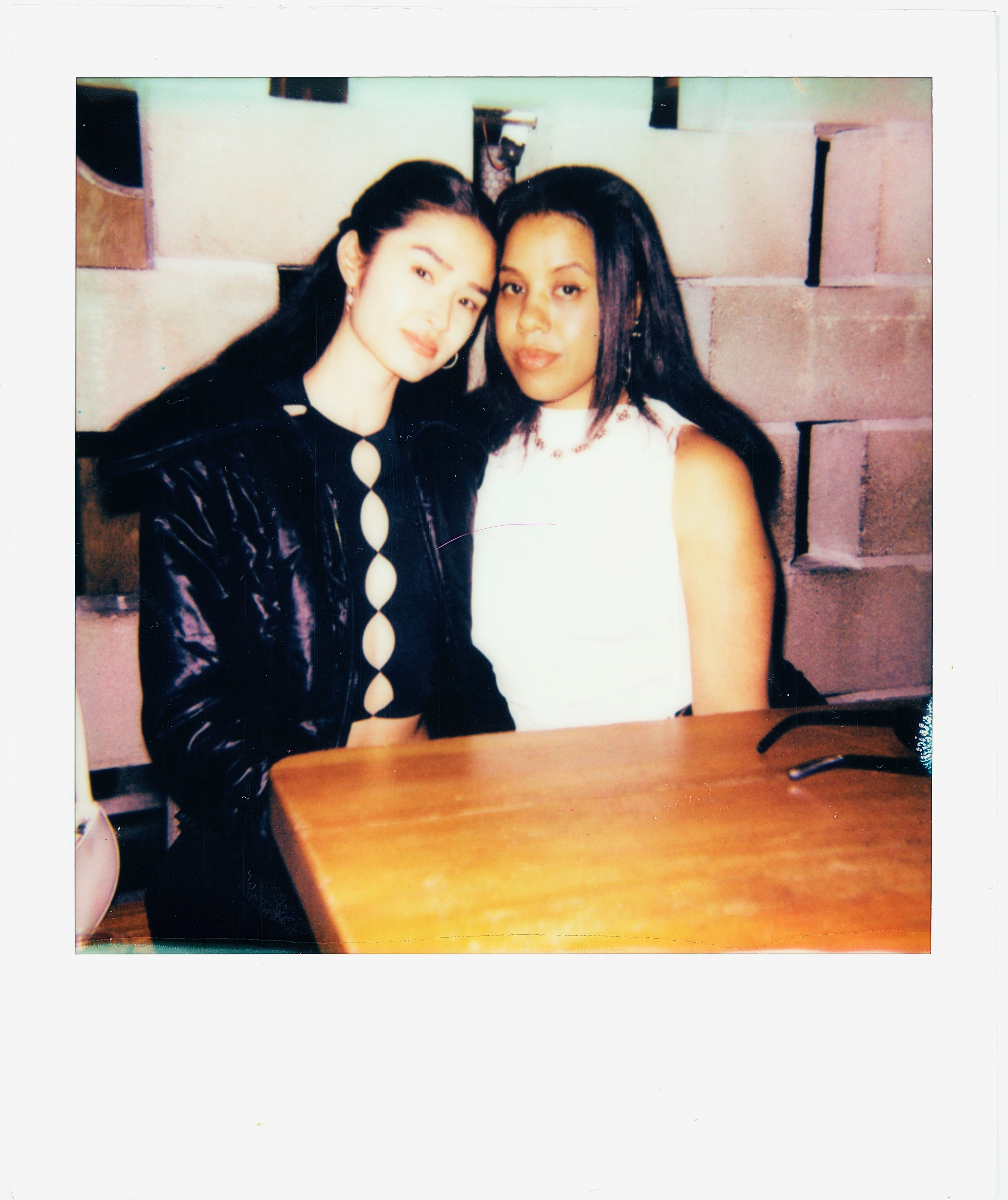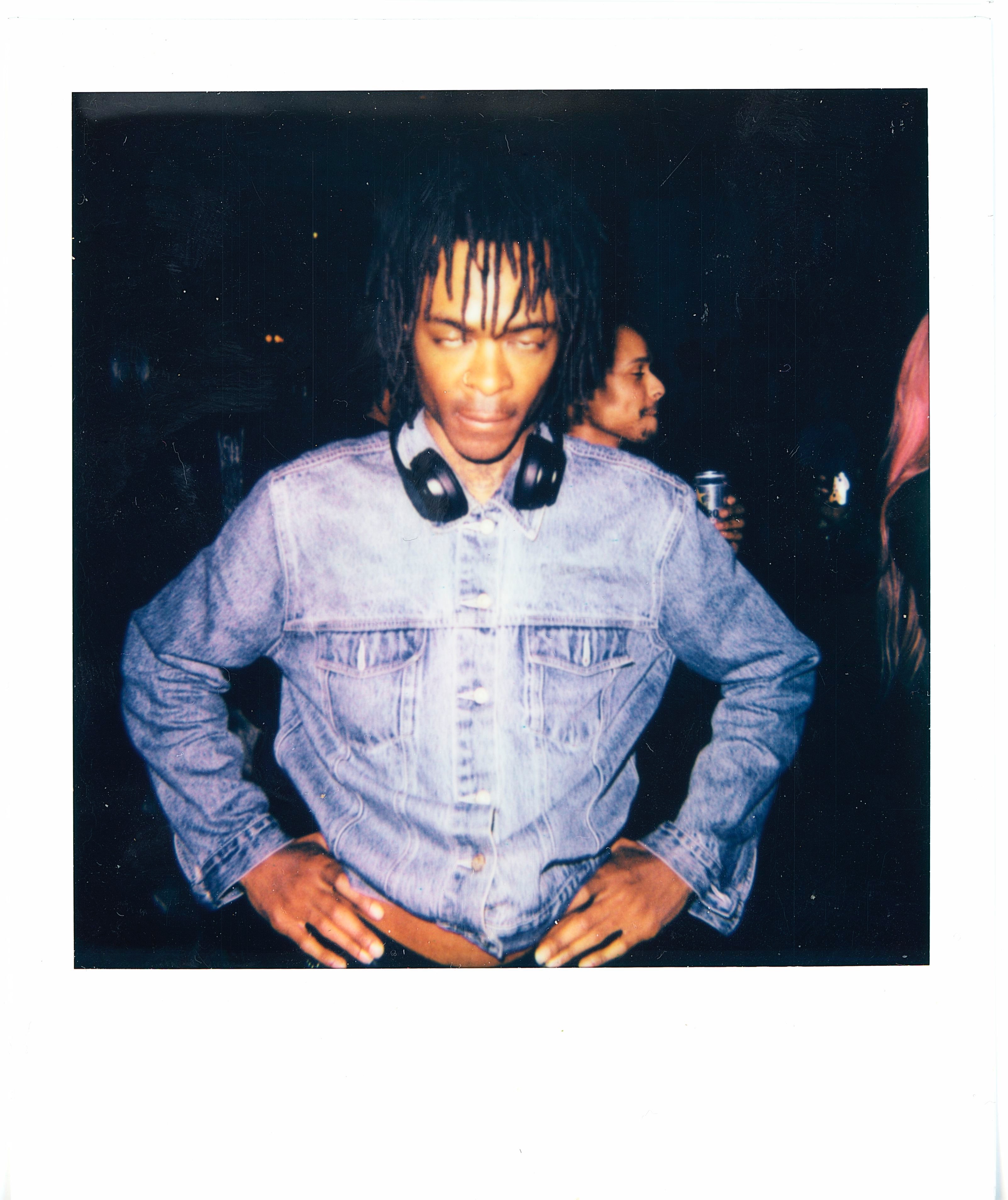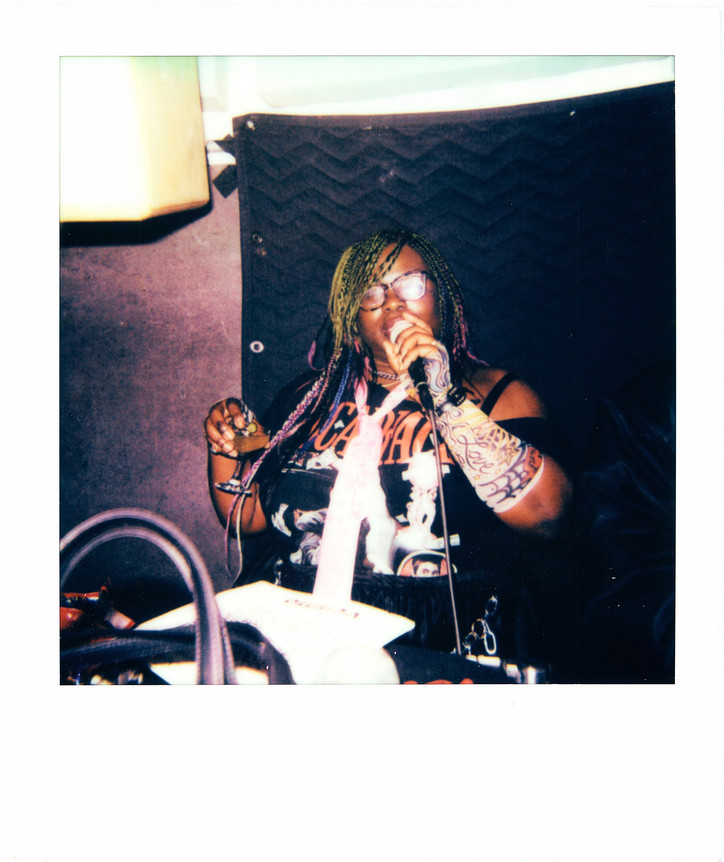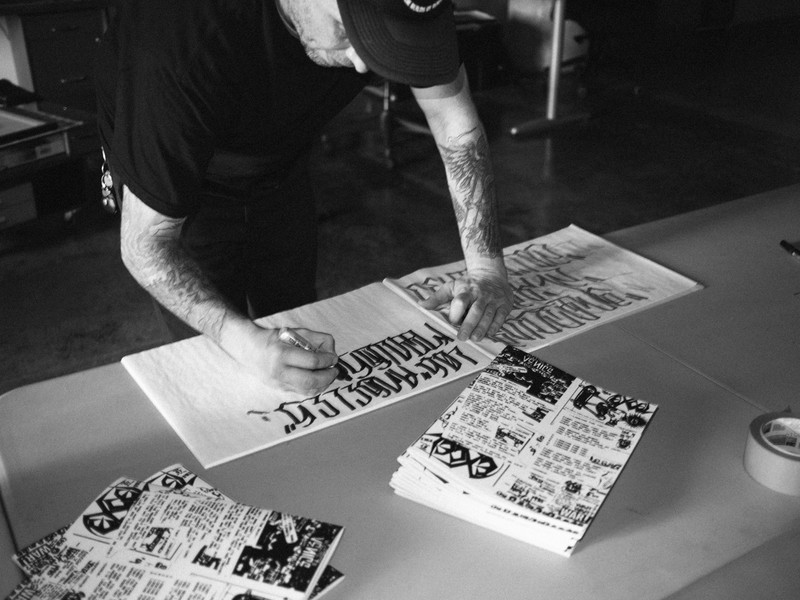Found On Jai Street
Where did the name Jai Street come from?
The name Jai Street reflects the creativity that inspires our work, and that I initially found on the streets of the LES. Jai comes from my last name and is a modern pronunciation of the Sanskrit word for admiration or respect.
How do you select your features?
We look for is artists with a story to tell, appreciating artists equally regardless of where they're at in their career.
Growing up, were there any magazines you were an avid reader of?
I grew up with and am an avid reader of 032c. This admiration grew when I was starting Jai Street. By trial and error, as I learned the ins and outs of creating a magazine, I had 032c as a physical almanac of all things culture. It was a sort of guiding star and inspiration, something to work towards. The fact that one issue could span from the streets of Berlin to Seoul to New York and feature such a wide range of people and stories was something I admired and want to do myself.
You say trial and error, was there anything in particular that you learned?
It's a bit of a hustling game when you're doing it independently. I spent last summer going around the city with copies in my bag, trying to get them everywhere. Distribution and getting it out there is really hard. You don't just make a magazine and get it into stores. We've been really grateful to sign with a distributor who's helping us create a map for this. There was a lot of pressure. What if people don't find it or come across it? But it also motivates you to create the best thing you can.
Have you learned anything about yourself?
I'm naturally a really quiet person. While I prided myself in doing it all the first time around, I learned that's just not the way of doing it. That was me subconsciously protecting my art I think. Jai Street still reflects my POV but also all these other people I work with. I had no experience creating a magazine and was just learning along the way. I learned that, in a way, collaborating is what creativity is. Building a team has made our work much more sophisticated, nuanced, and honestly more interesting because everyone brings their unique perspective and interests to the table. Our team is not just New York-based. I’ve been working closely with Theo Meranze, a writer in LA who has connected me to many people out there and has been the reason for some of the new faces in the issue. Berlin-based writer and art curator Auguste Schwarcz in Berlin connected me to photographer Julien Tell. He is leading efforts to make our Berlin launch happen. There are many others.
What role has New York City played in all this?
I started Jai Street out of a passion for the creative scene in New York. The first issue was solely New York-based contributors, which was great, but now I see New York as the foundation and I’m focused on expanding outwards. The second issue still has a lot of New York representation, and that's always one of my goals. There's a kind of grittiness to the scene here, where people are really trying to put themselves on and hustle for what they want. There's something beautiful about someone hustling for their first gallery show and finally getting it. That’s something pretty unique to New York in its essence.
Are there any stories in Issue 02 you’re particularly excited about people seeing?
We are publishing a documentary-style photography introspective titled “Return to QiongLai” by Berlin-based fashion photographer Julien Tell in the issue. The series, very atypical to Julien’s traditional work in high fashion, follows a close friend on her trip back to her hometown in China during the Lunar New Year. The series paints a picture of the contrast between China's rural and urban environments, focusing on the life of native farmers in rural Sichuan and the alternative techno club scene of megacity Chengdu. The photos are amazing. The feature is also special because we are presenting and putting on Julien’s first-ever solo show at a gallery space in Berlin featuring these photos at the beginning of August.
We are also doing a story on an Oaxaca, Mexico-based art collective, Yope Projects. The group of six artists are up to big things, having recently shown and curated shows in Los Angeles, New York, and Mexico City, but also shine a light on the greater art community and emerging scene in that particular region of Mexico, known as being the country’s center of traditional craft and commerce.
I’m really proud of our story with Isaiah Barr. A New York native, Isaiah's also a musician and founded the art and jazz ensemble Onyx Collective. Isaiah’s yet to have his photography in print and has had an idea to lay out a series of photos he took in succession to replicate a film roll. We made that vision come to life. I thought it would be interesting for Isaiah to pick an interviewer and for them to come up with questions based on their relationship with him. He chose his partner, Renata Pereira Lima.
Isaiah Barr, "Dimension Zero"
Do you agree with the notion that print is dead?
I feel like it's the opposite, although it was a bit ironic that you just announced pausing your print magazine. For me, those who appreciate print and everything that comes with it — physically turning pages of a magazine and seeing print as a vehicle for physical design — are still all in. With that being said, the business model of publishing as a print publication is not the greatest. Production costs for high-quality print are high, and distributors and stockists are conservative in who they buy into. They opt for consignment before wholesale given their margins are so small. It’s understandable but something we are trying to work around.
Publishing Issue 02, I’ve learned there’s a balance we have to strike between coming to terms with what, say, a store in Germany can do that may not be as beneficial to us cost-wise, but the flip side is we gain exposure there to a passionate market we wouldn’t otherwise have. We’ve also been fortunate to sign with an international distributor in the UK. The team there has been great in setting a roadmap for getting Issue 02 and the Jai Street name to Europe and Asia, where I think print may be a bit more appreciated and accessible.
As I'm building Jai Street, I'm also defining what the brand stands for and the kinds of stories we tell. The print magazine is our platform right now to do that. We make exceptions in terms of trying to make money off the print magazine to gain exposure. Let's get Jai Street everywhere to build this brand to the point where, in a couple of years, we can create more tangible physical experiences like galleries and group shows. So for me, the magazine is not an endpoint but a jumping-off point.
Looking forward to your next issue, what do you plan on maintaining?
Jai Street is built on an eye for curation. We believe creativity is about how stories are told. I consider myself a storyteller and want to ensure we're focusing on highlighting creatives globally, like the latest issue which features essays, interviews, photography, design, and art representing voices spanning from the clubs of Chengdu, China to design studios in Los Angeles, to back alleys in Tokyo, and back home to New York. Also making sure to feature people that are still on the rise like us. For many, this is their first time having work in print or undergoing a full-length interview and profile of their work. For any artist, that’s exciting and motivating. I think that’s why those features feel very connected to Jai Street and become all-in to what we’re doing.
Shop Jai Street here.

